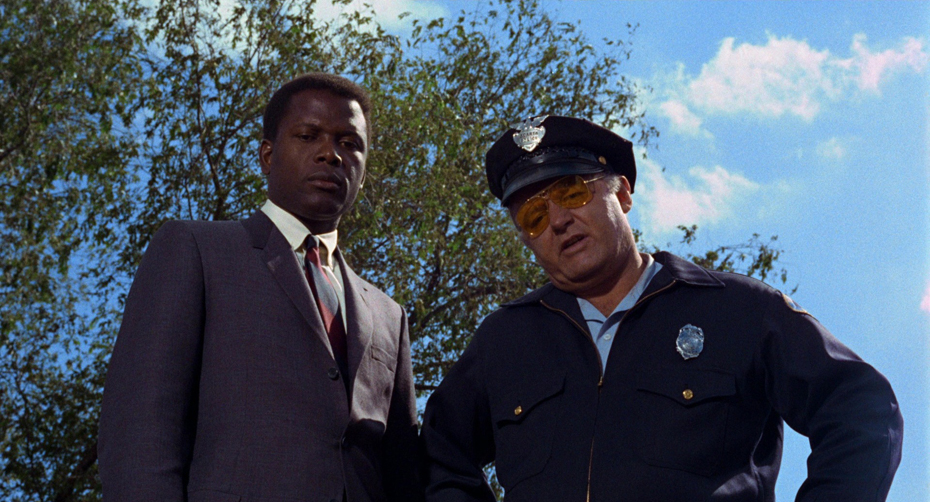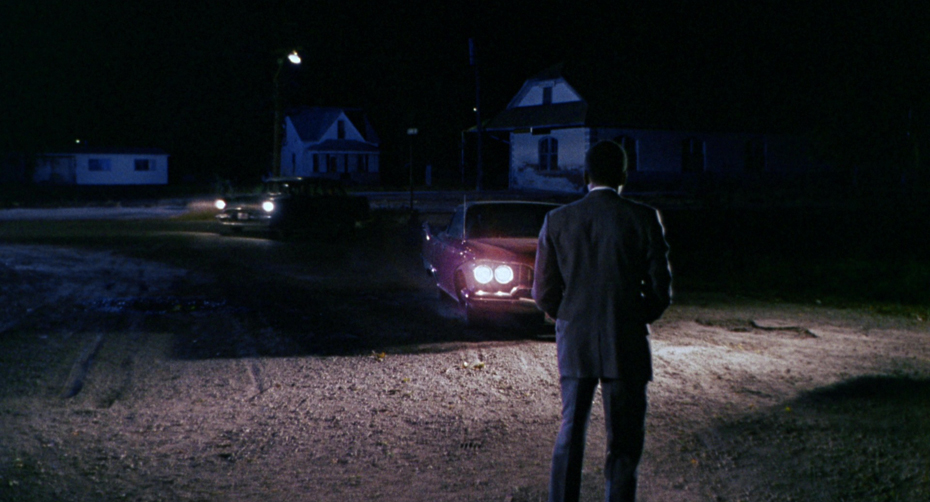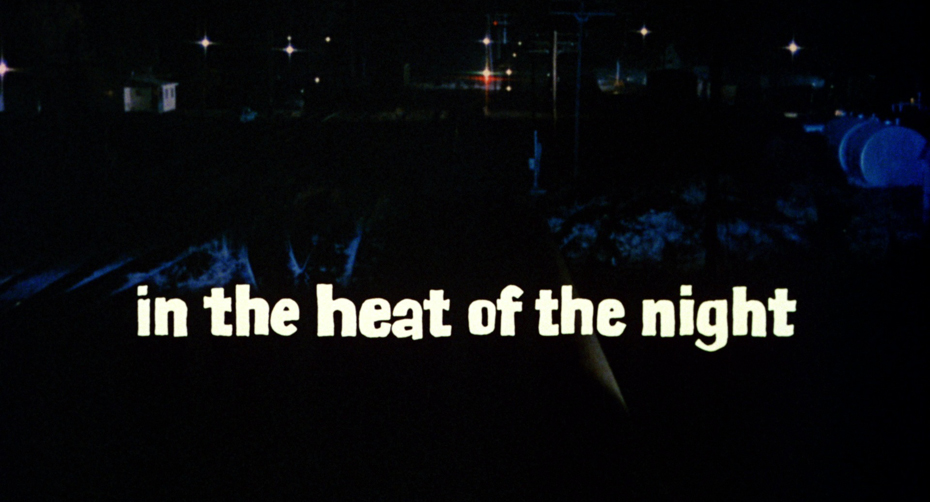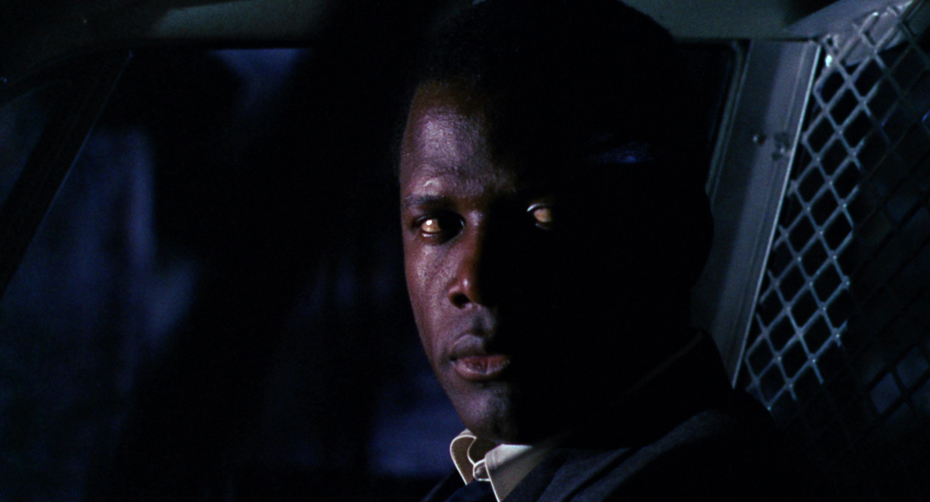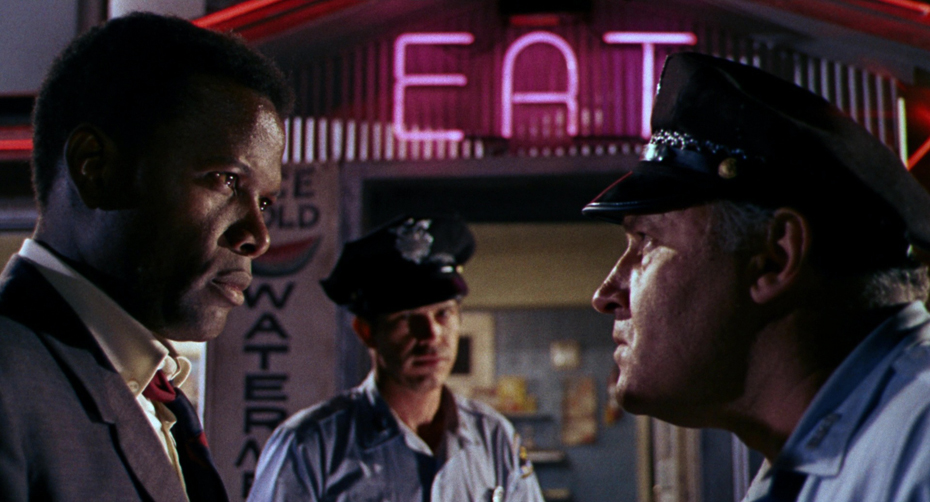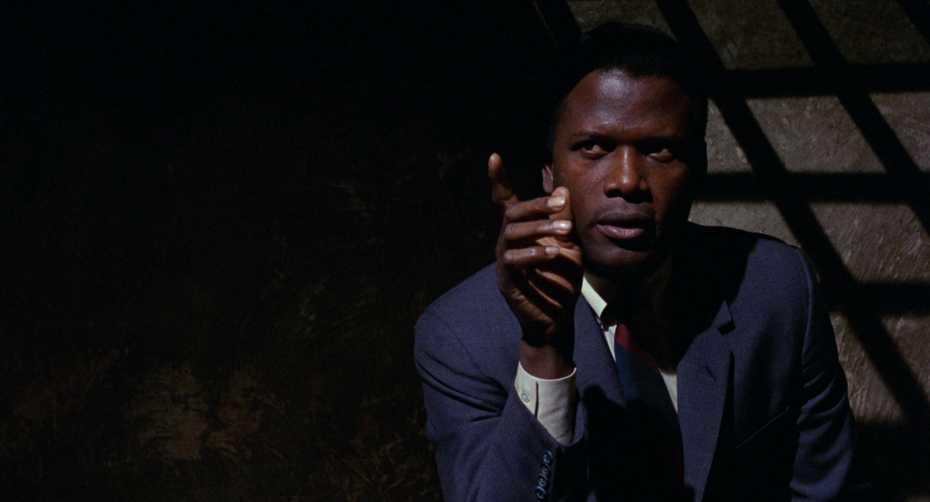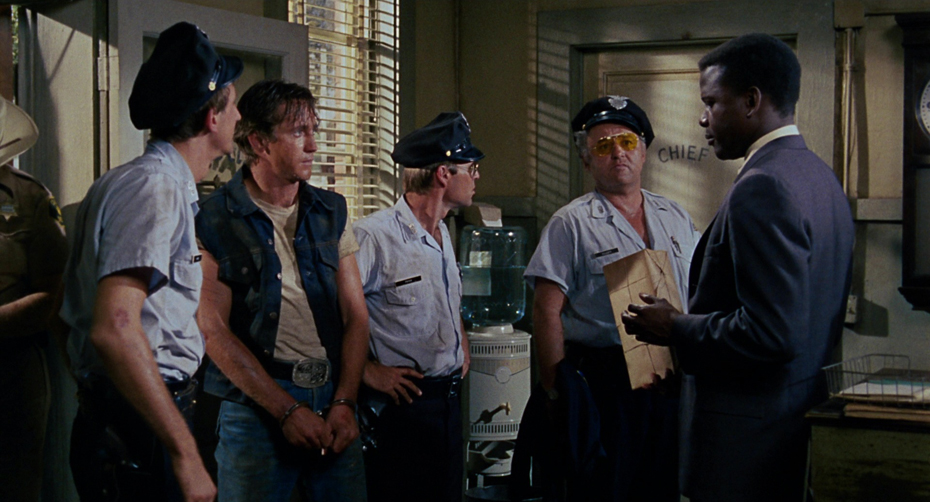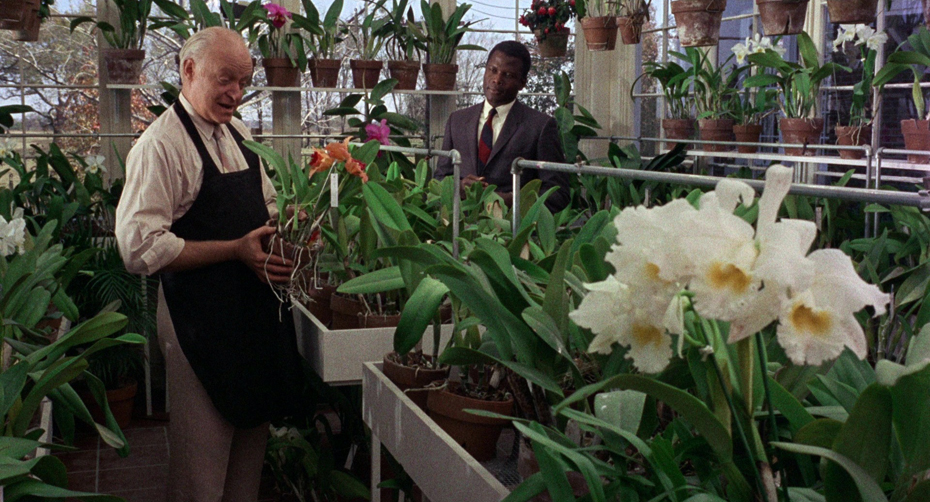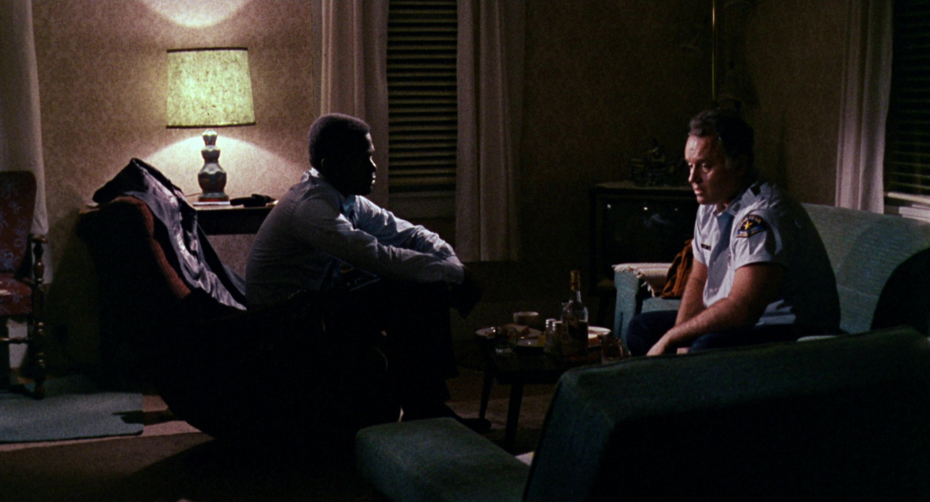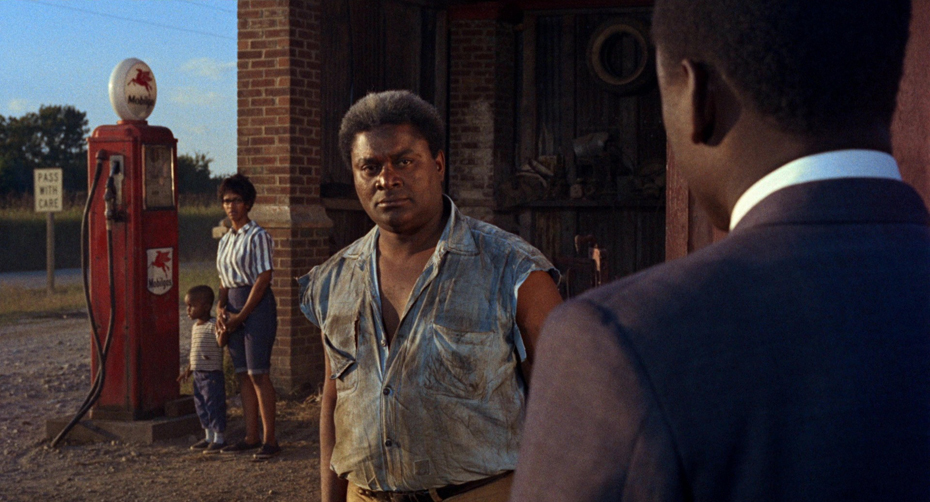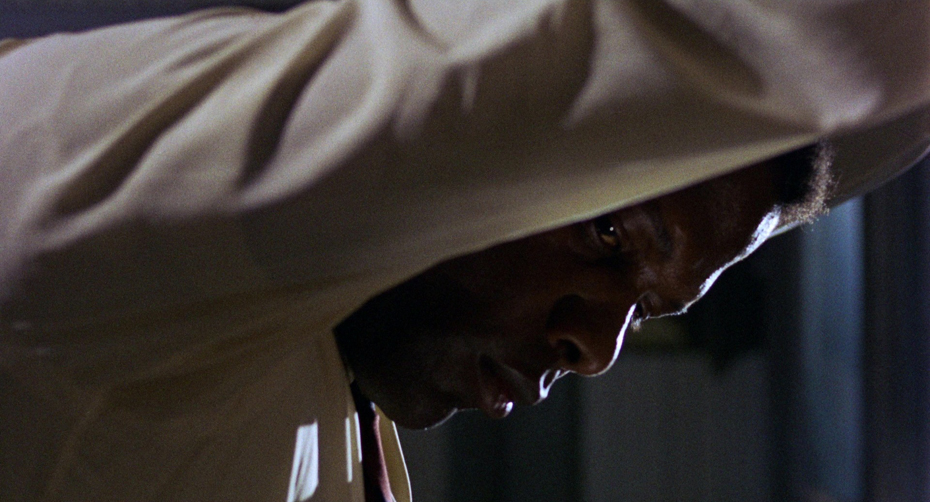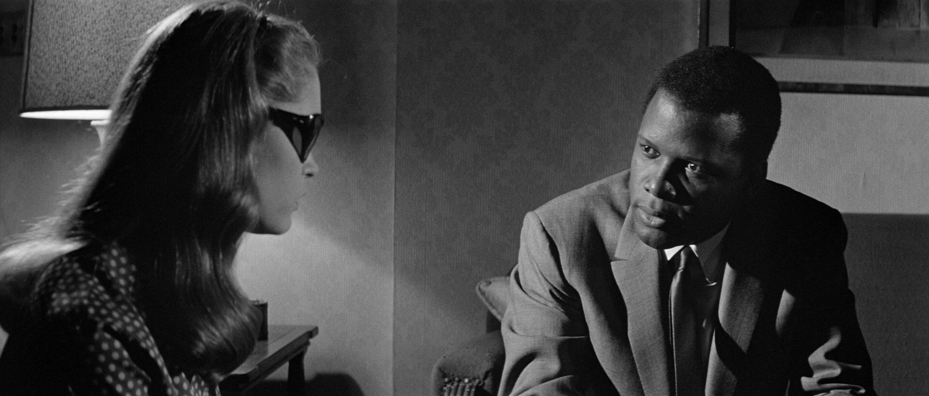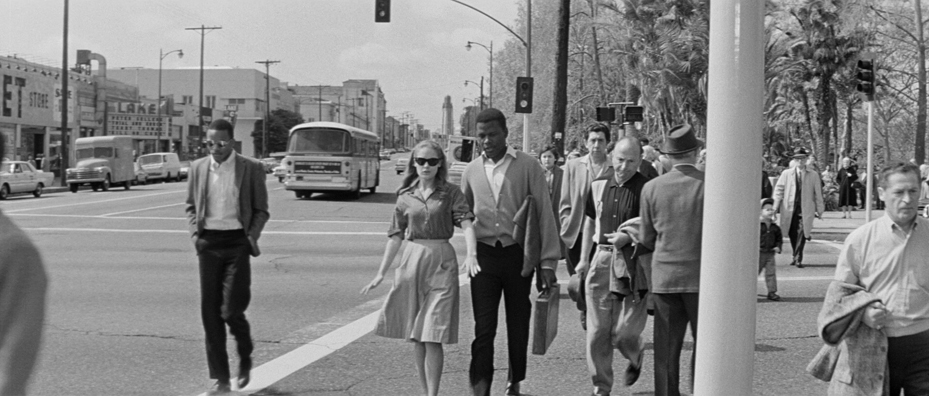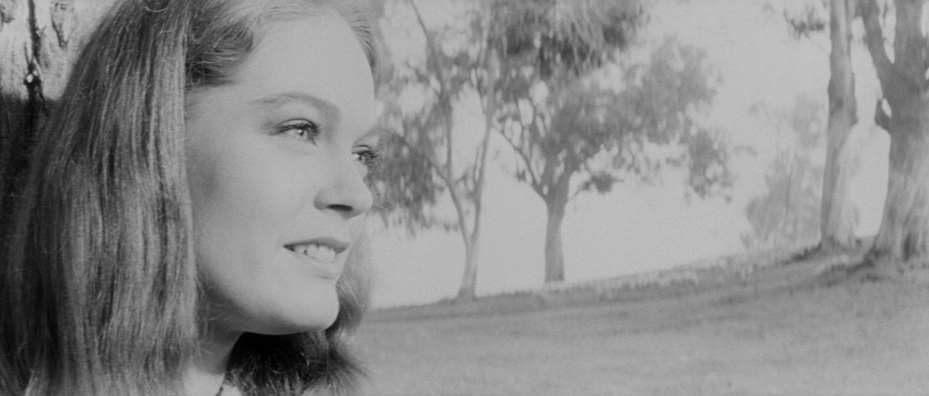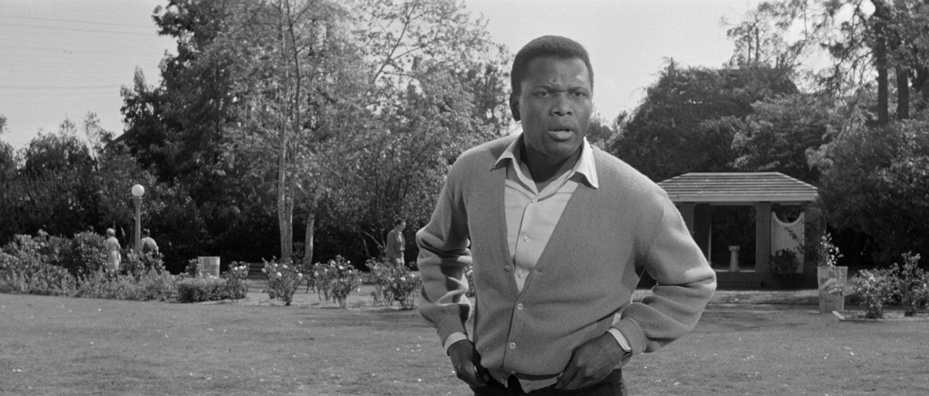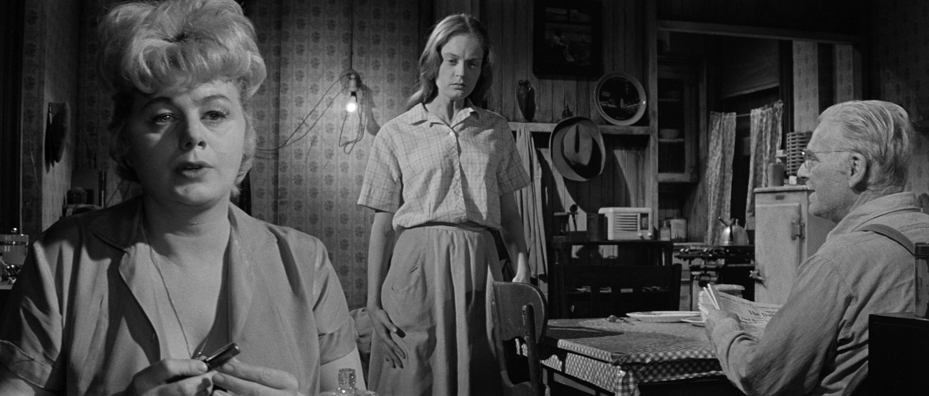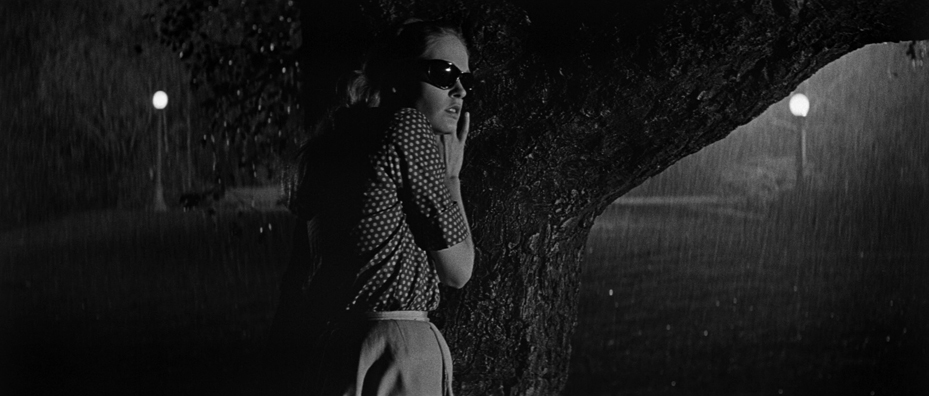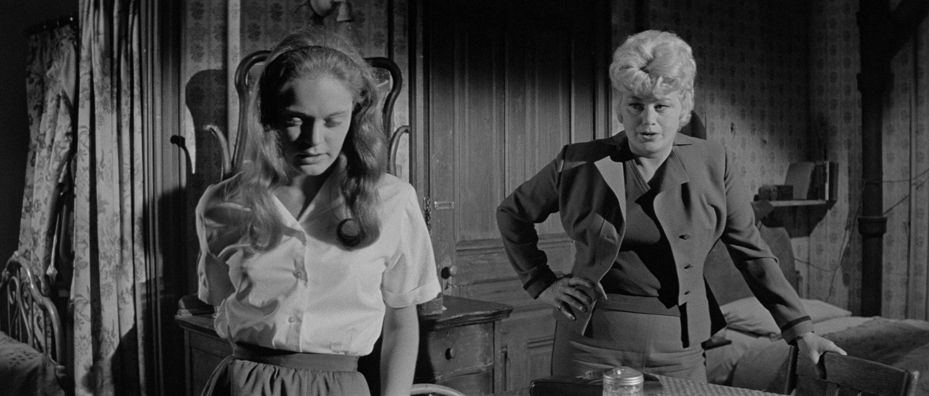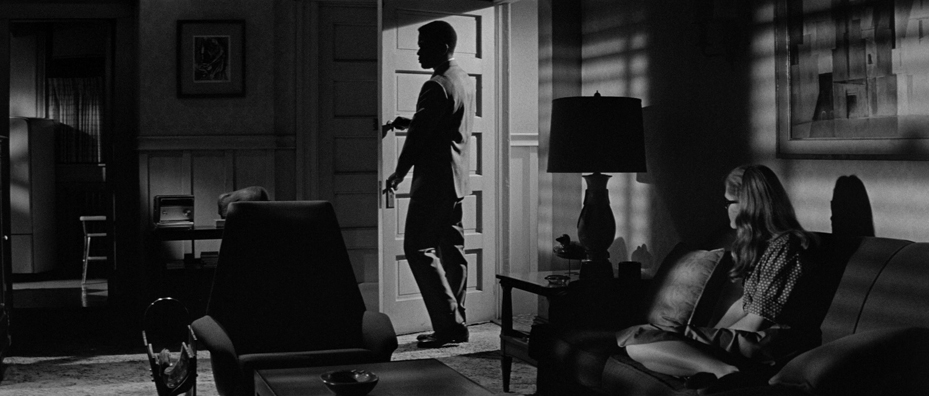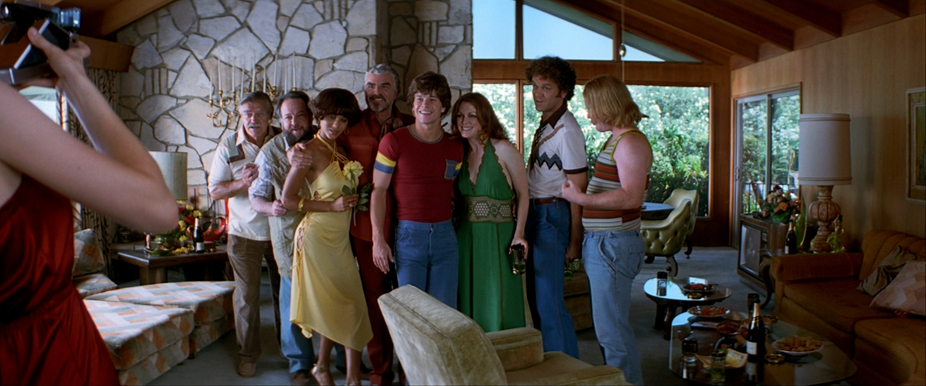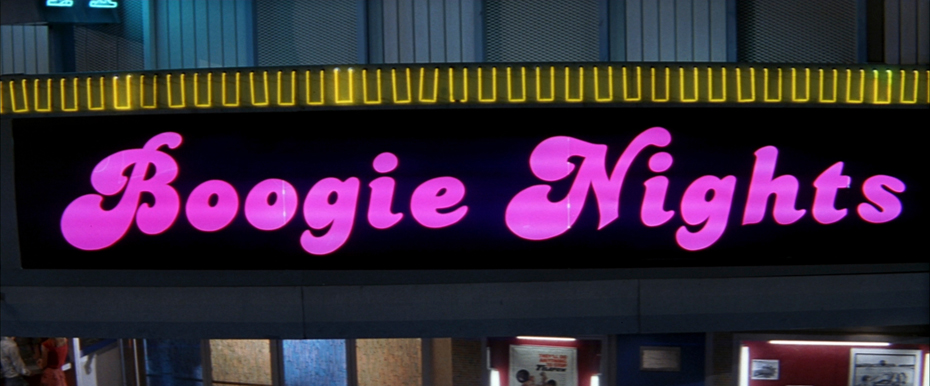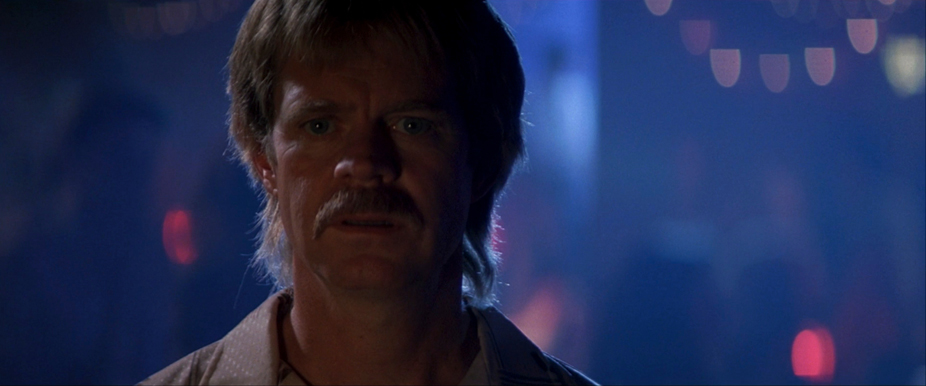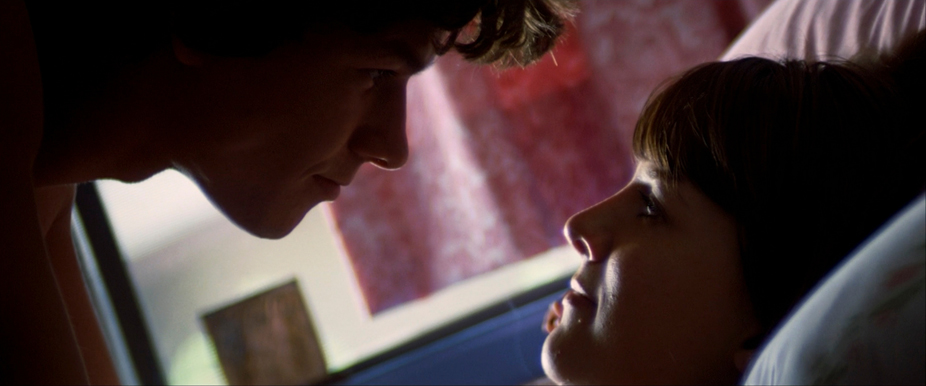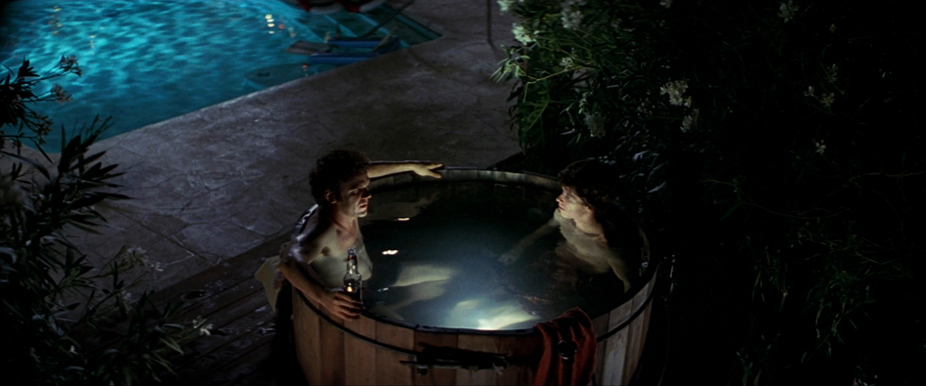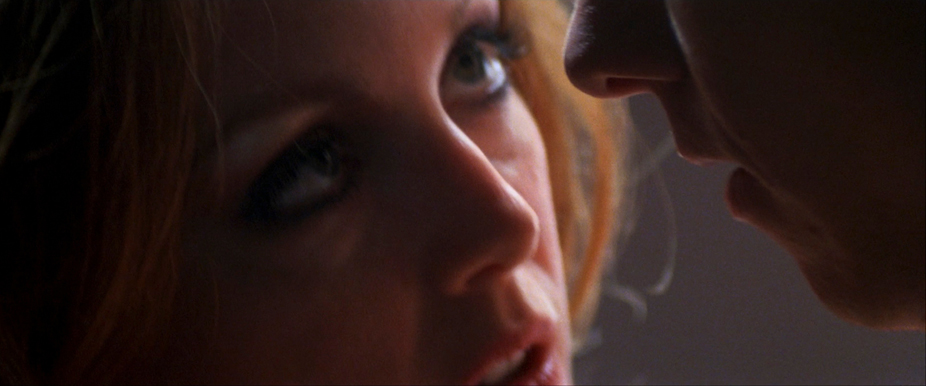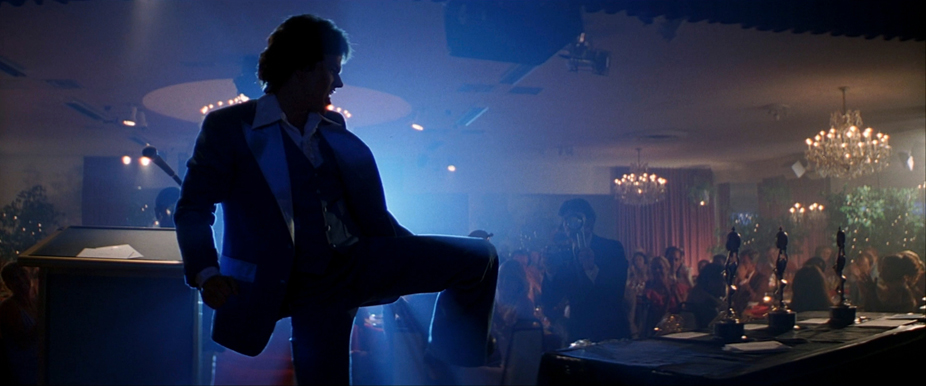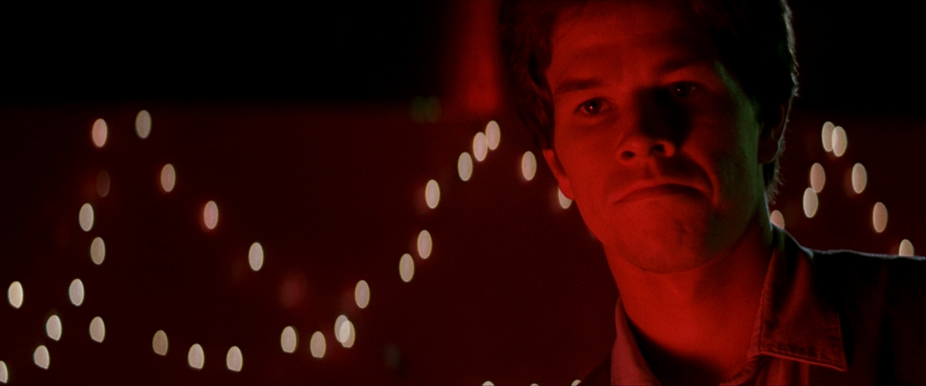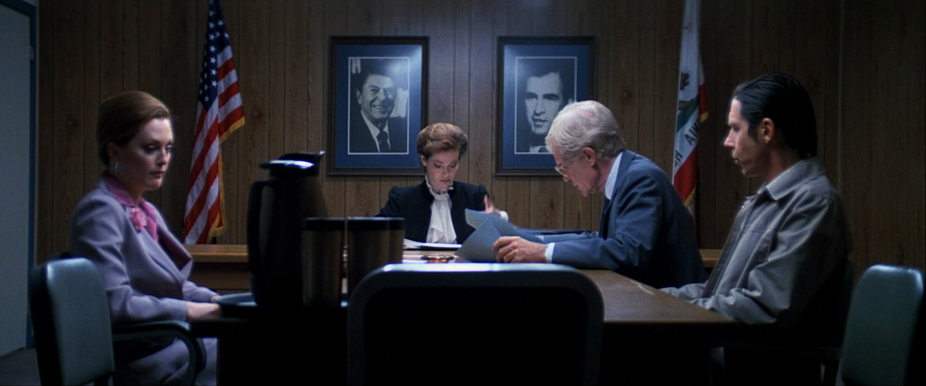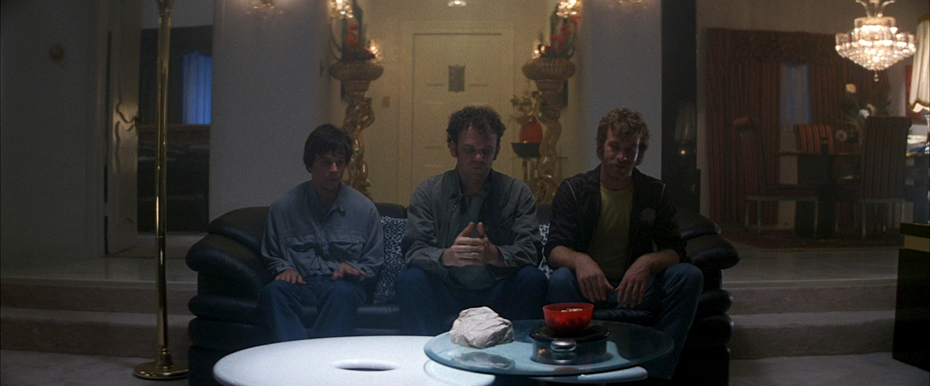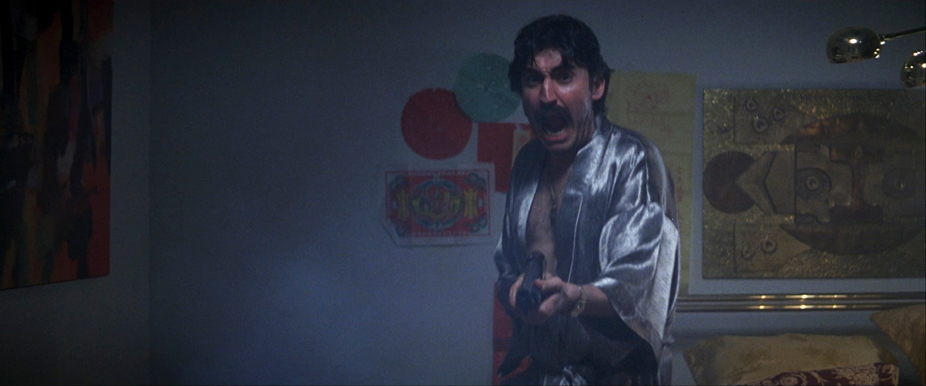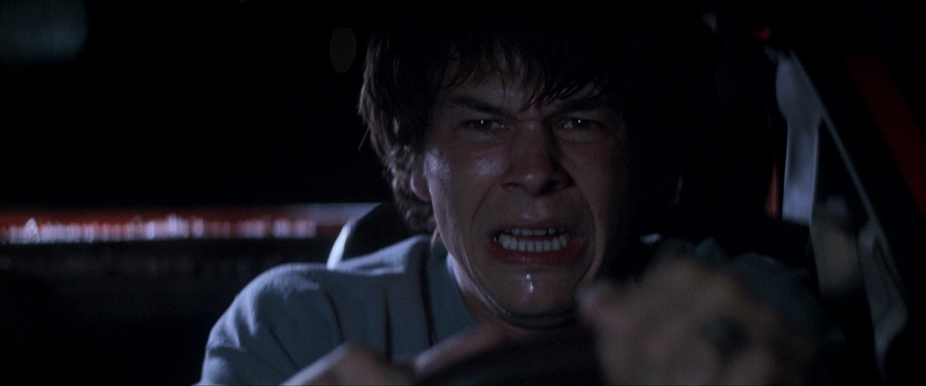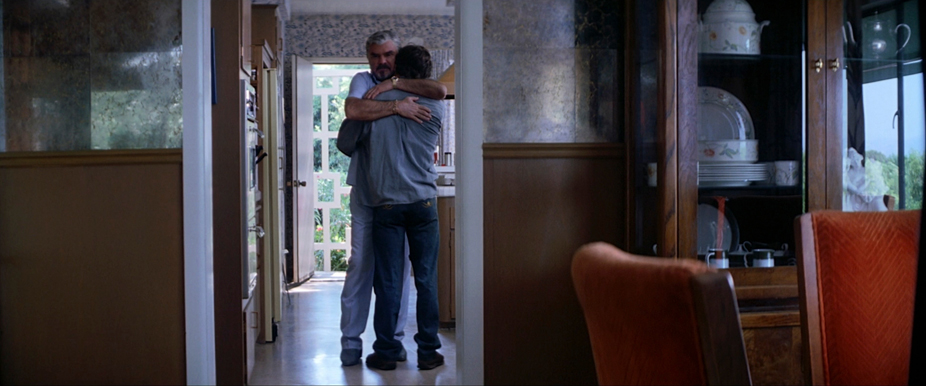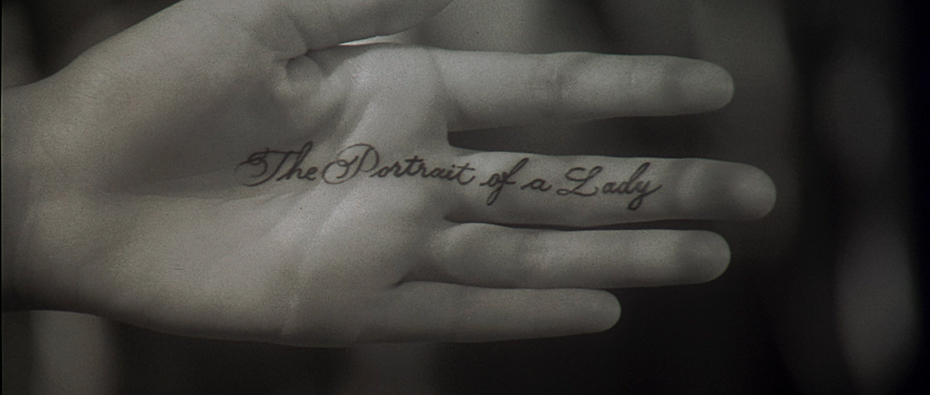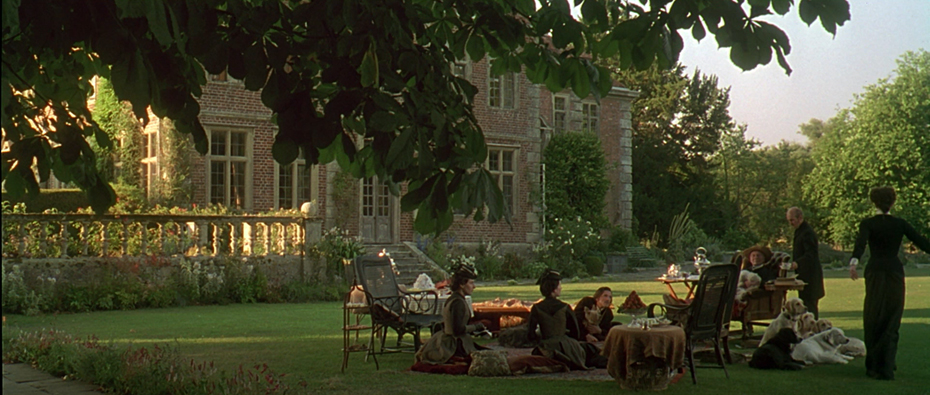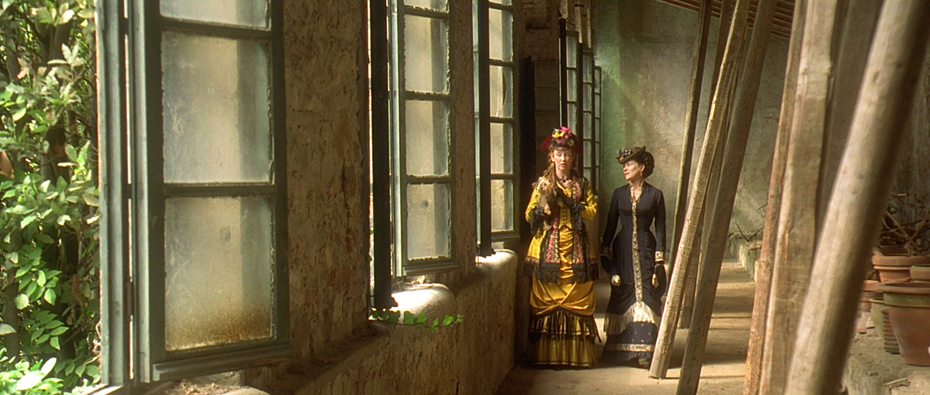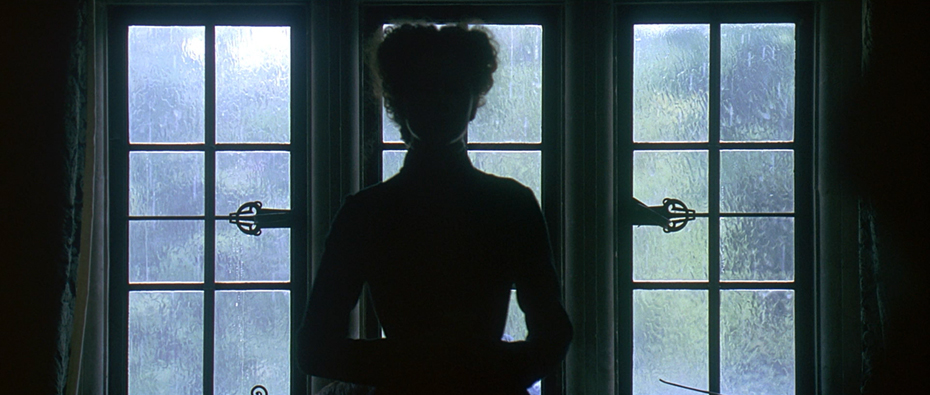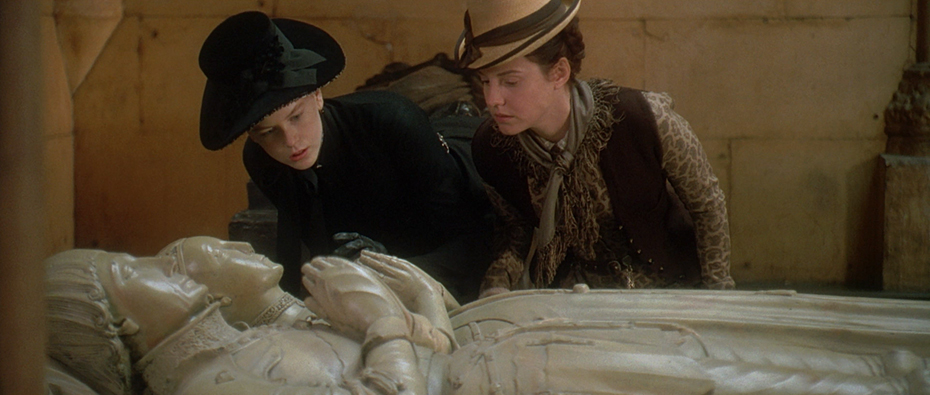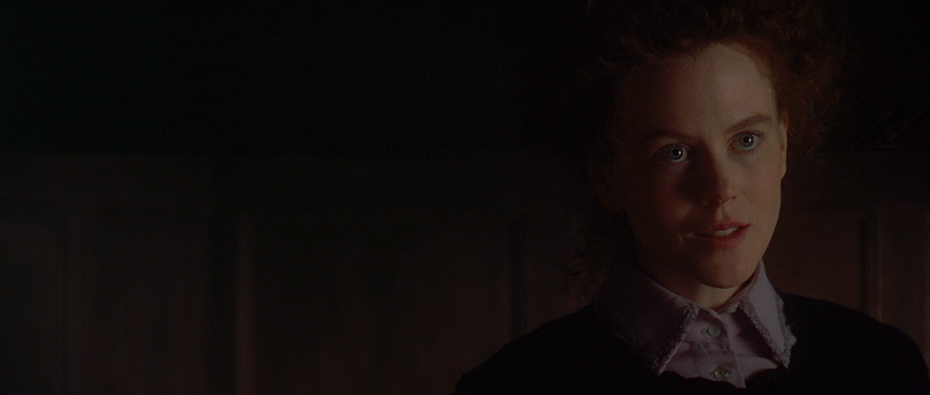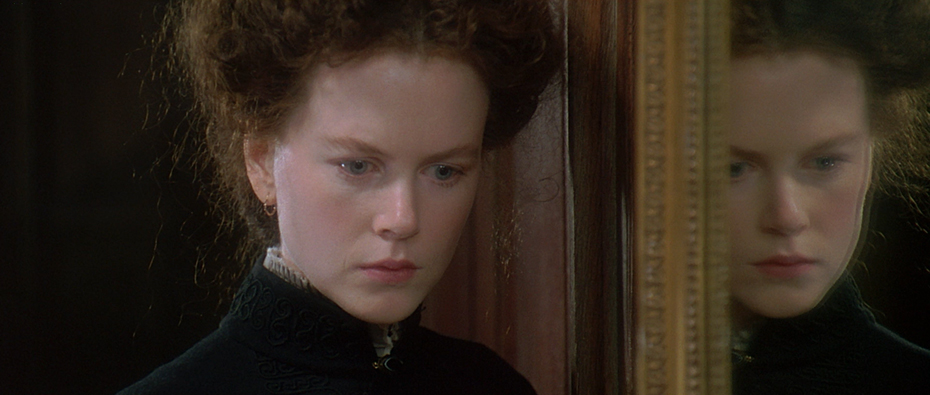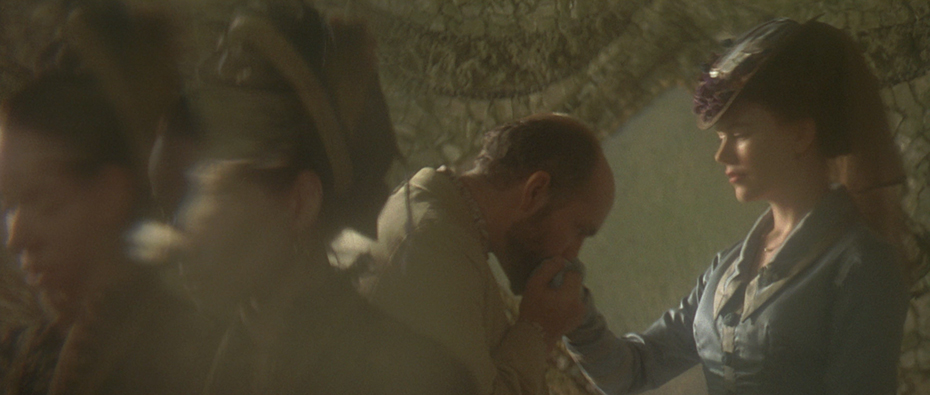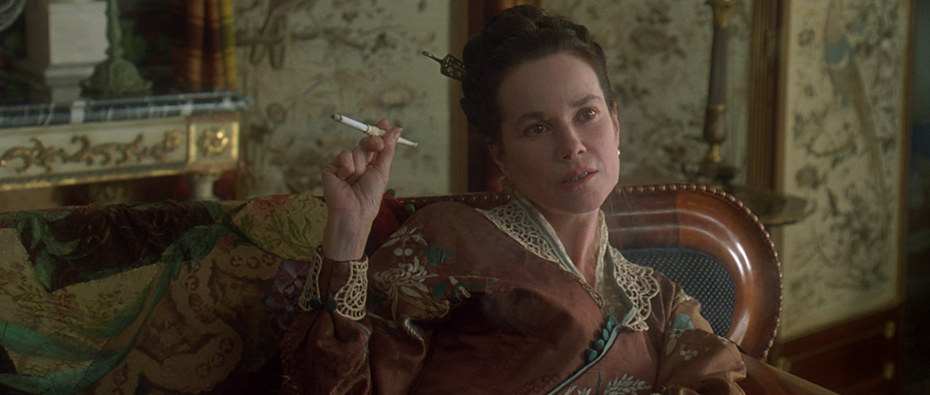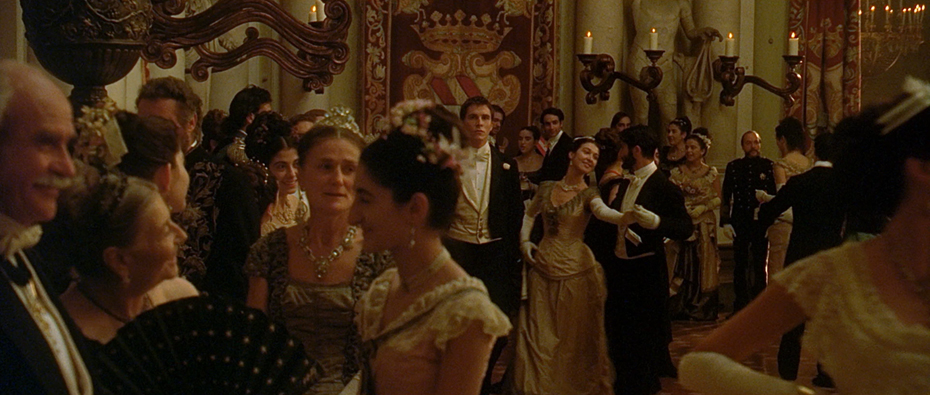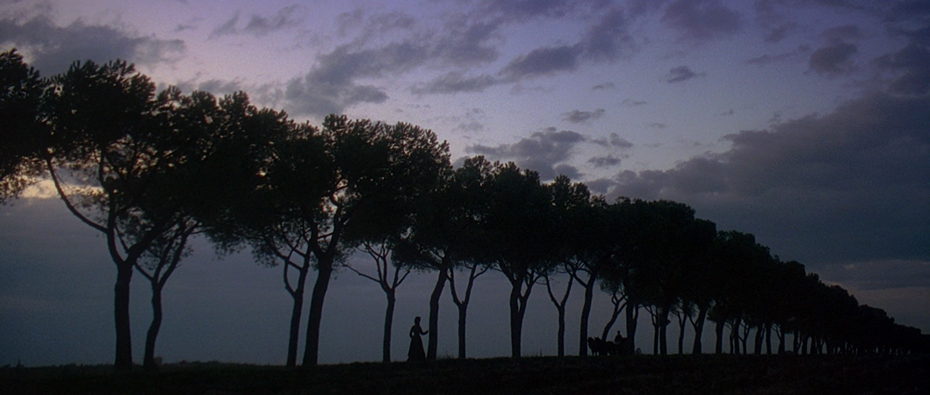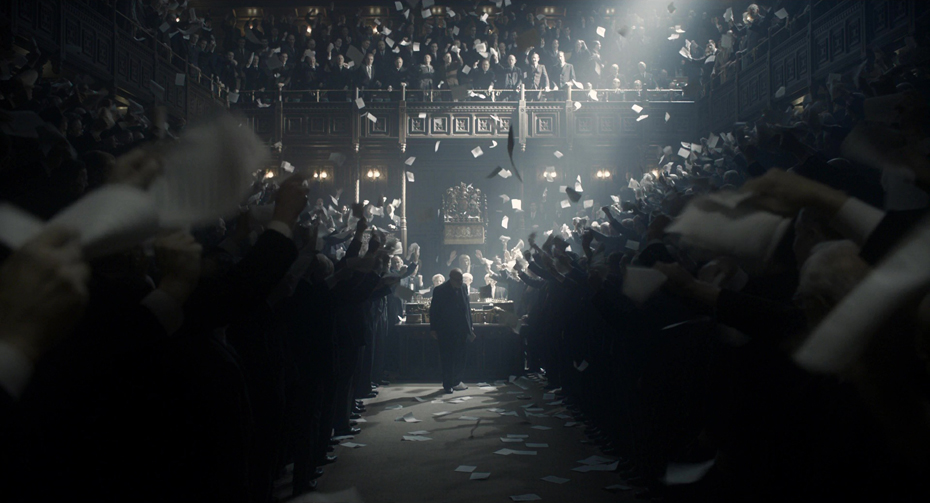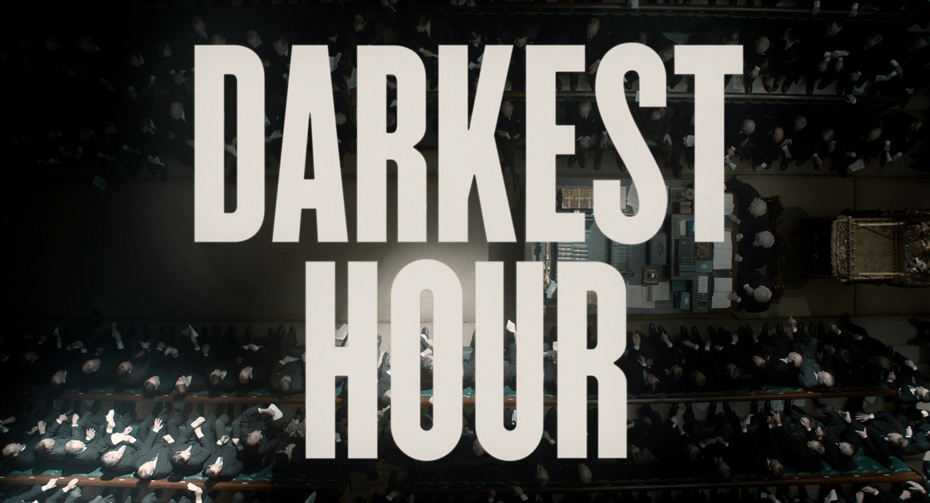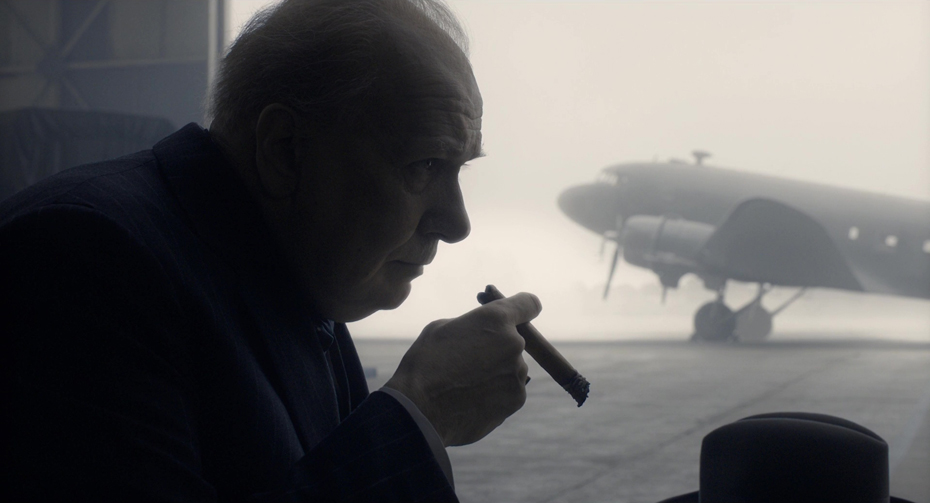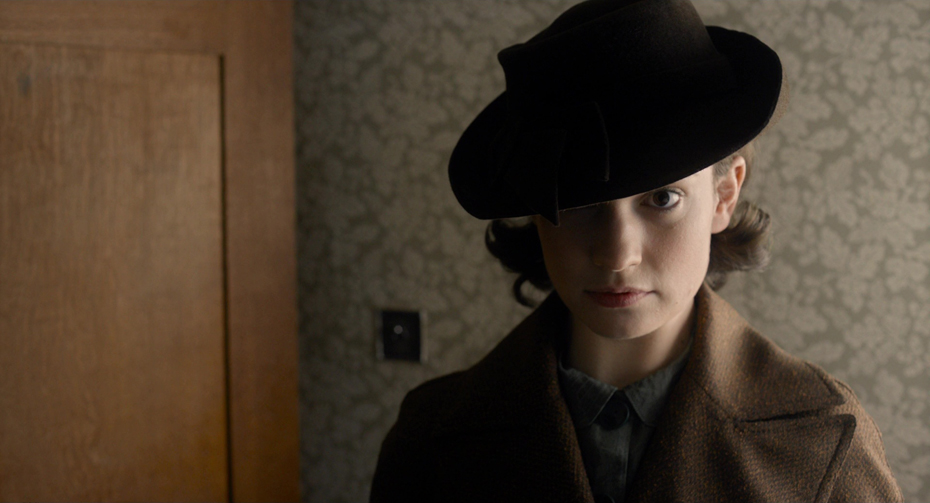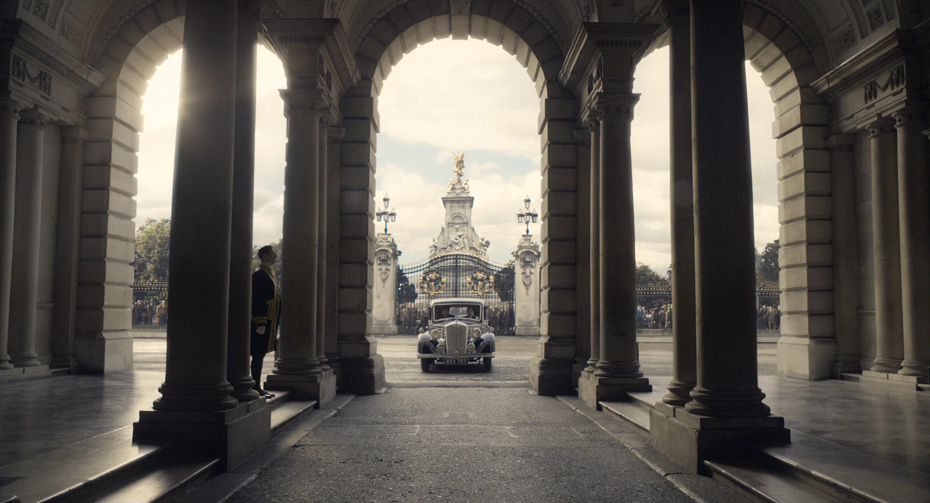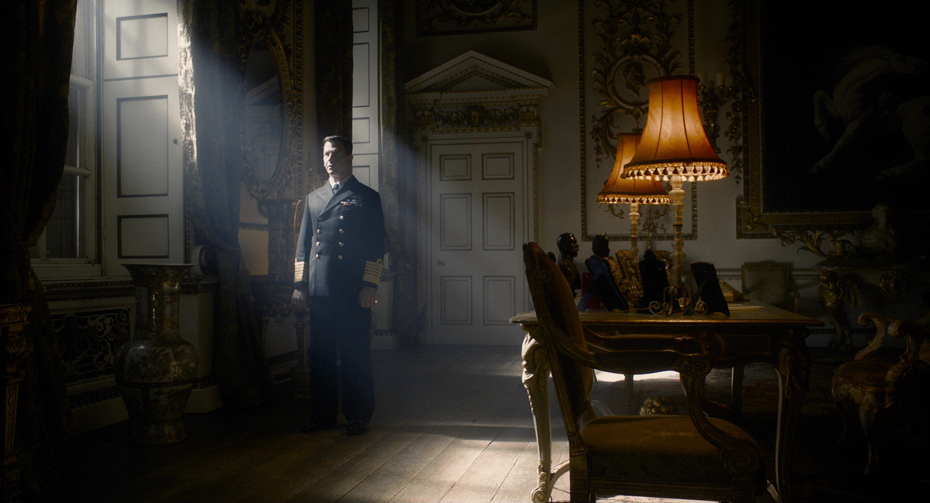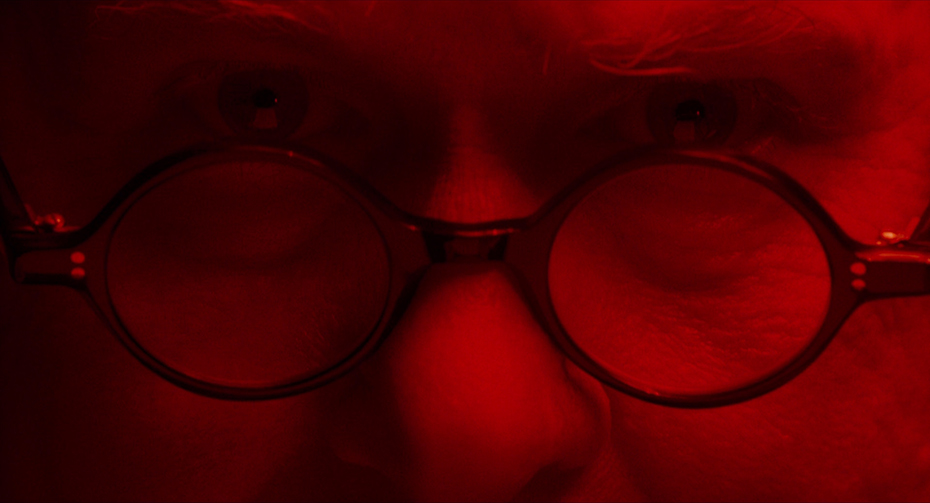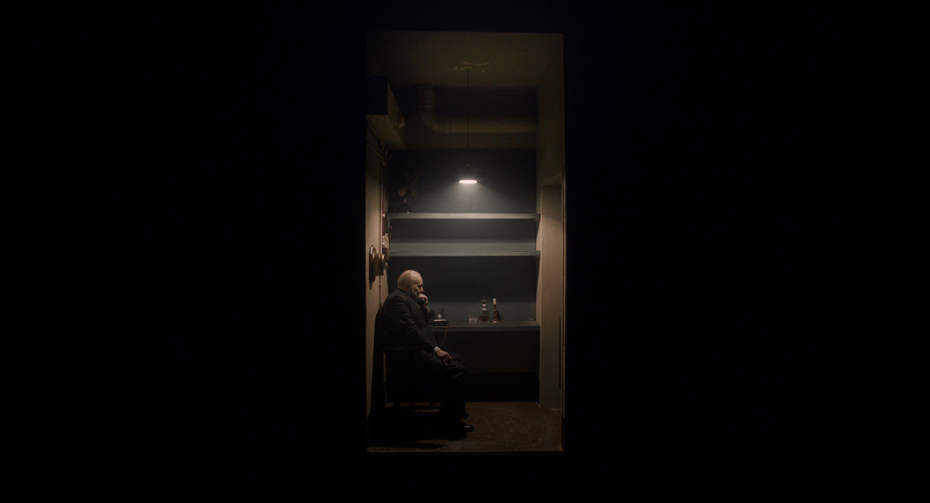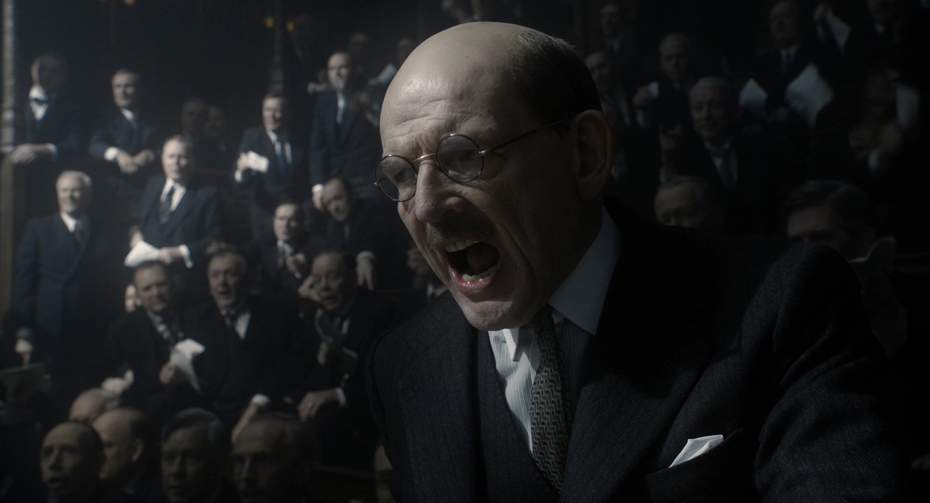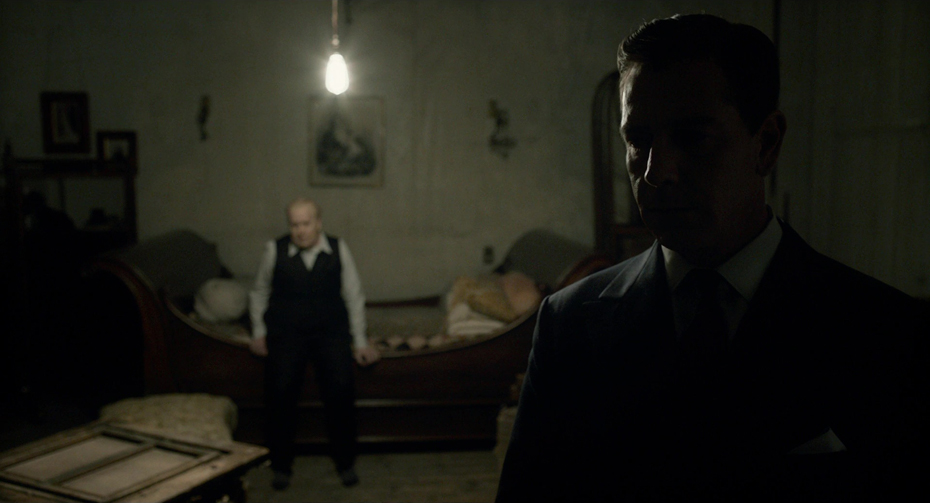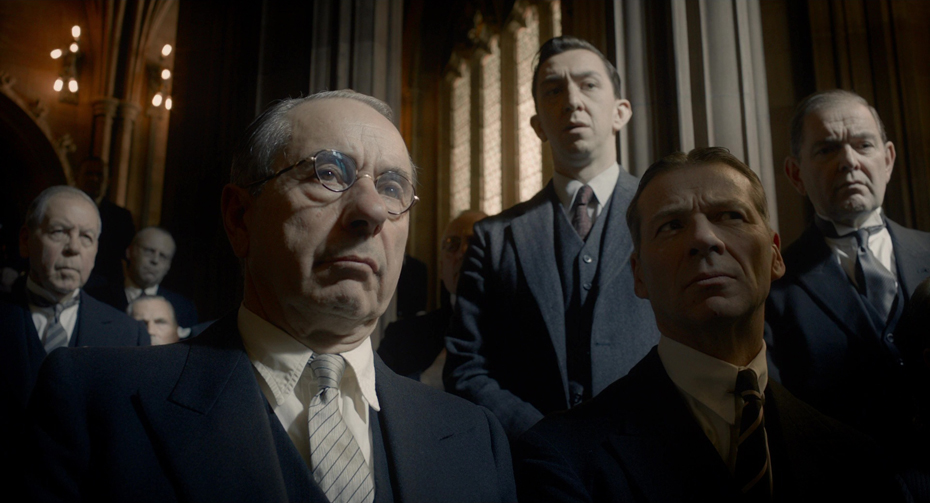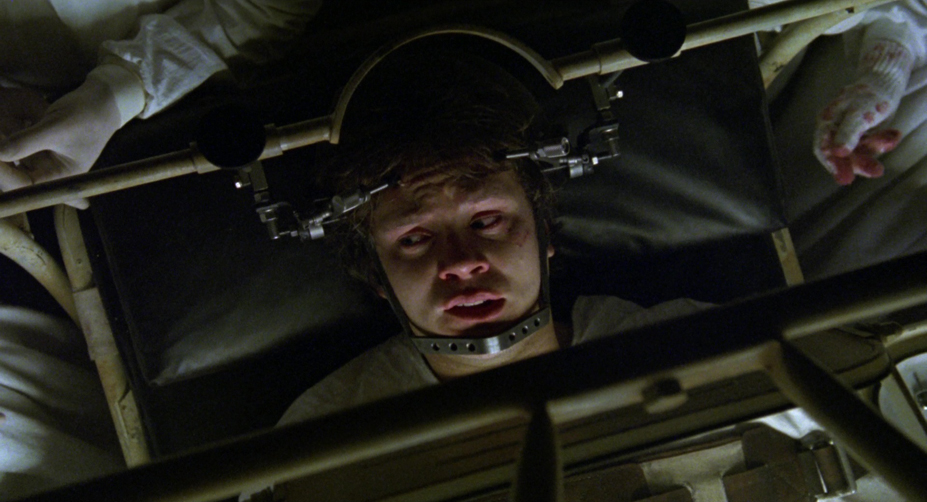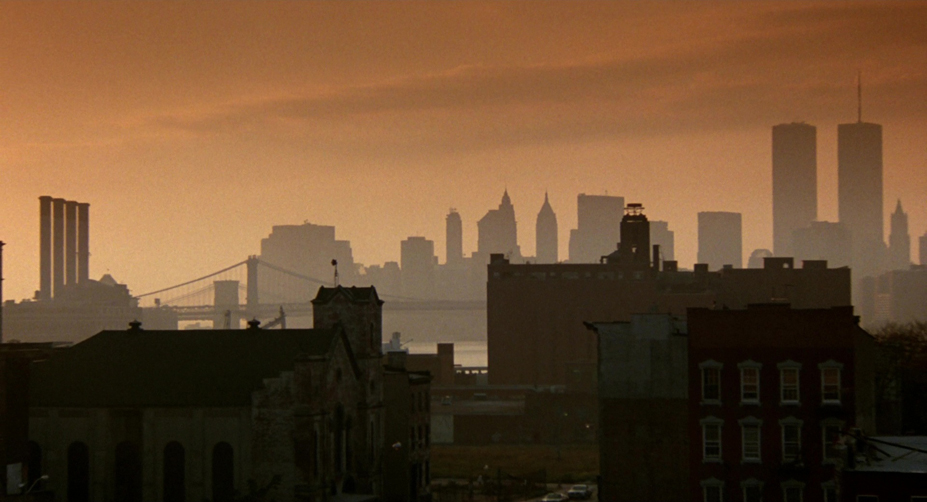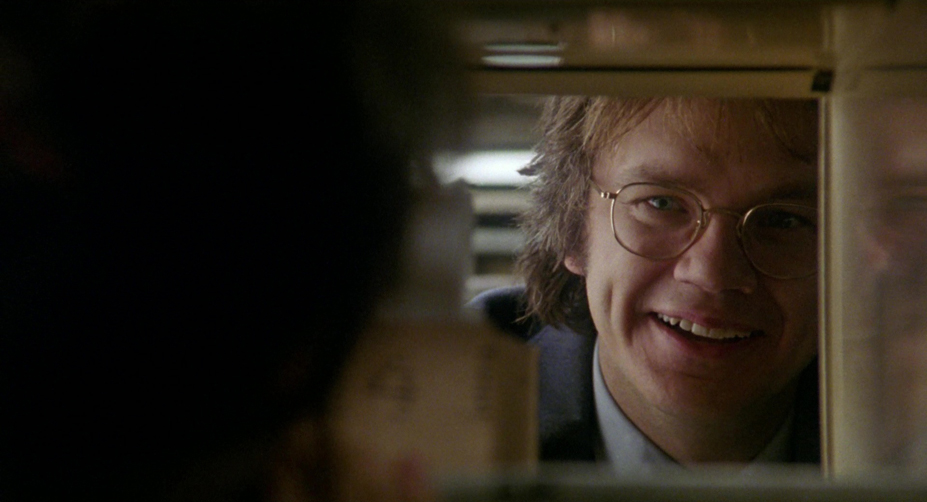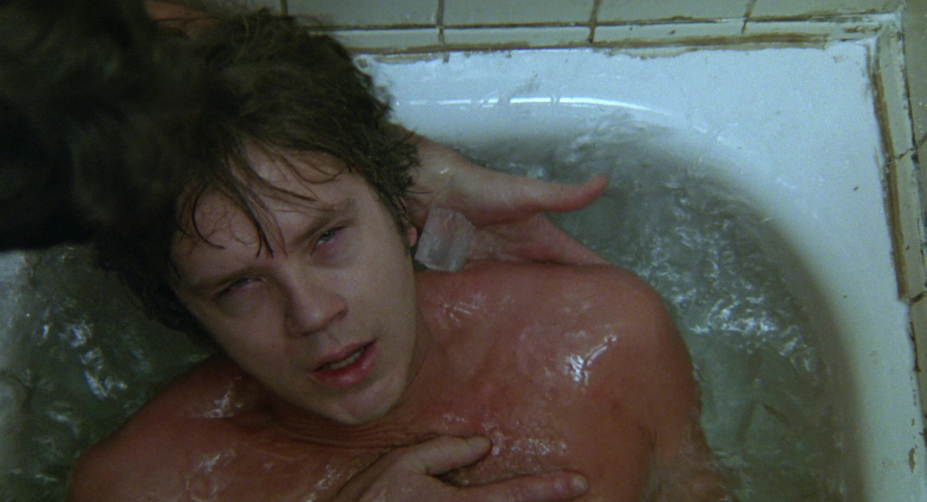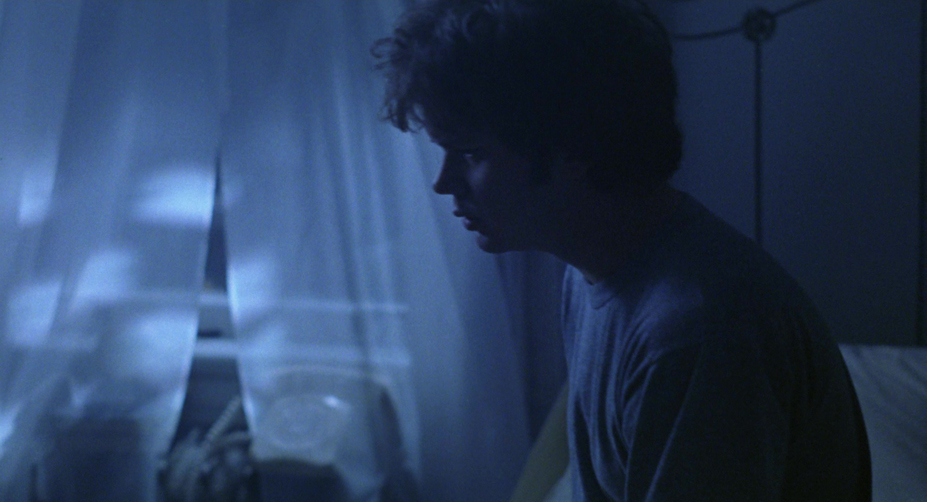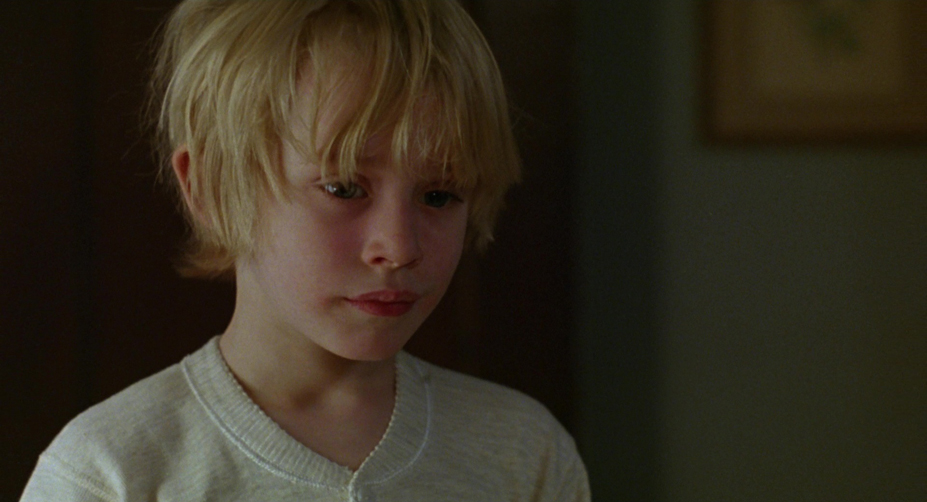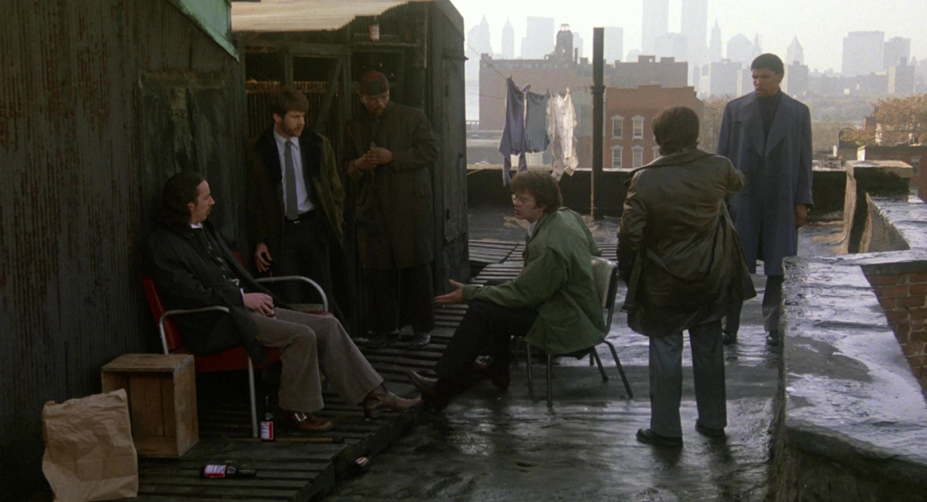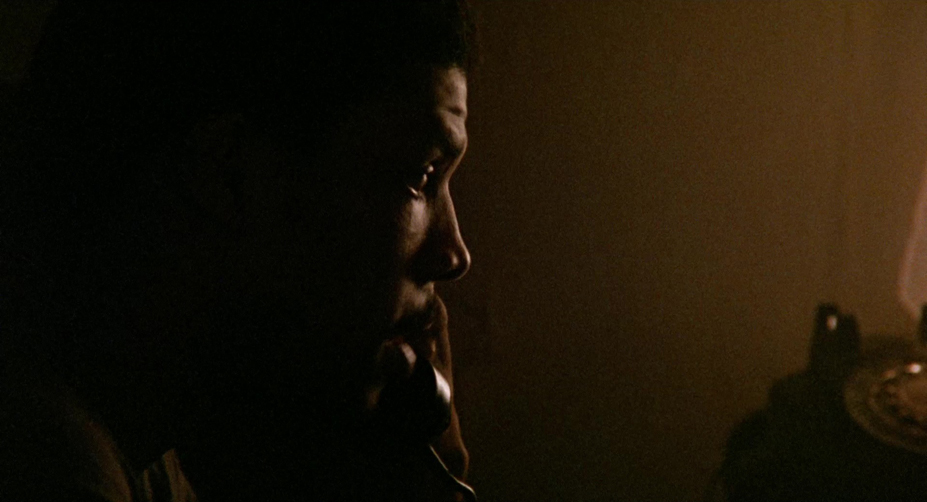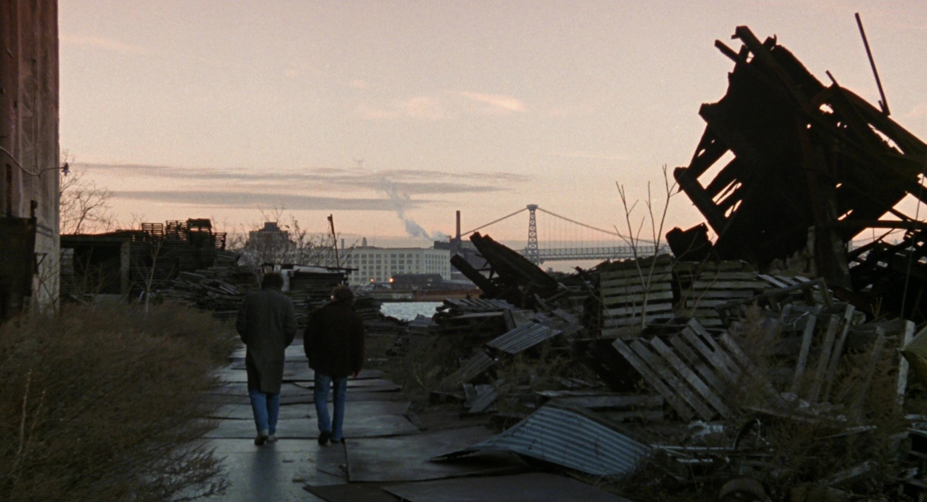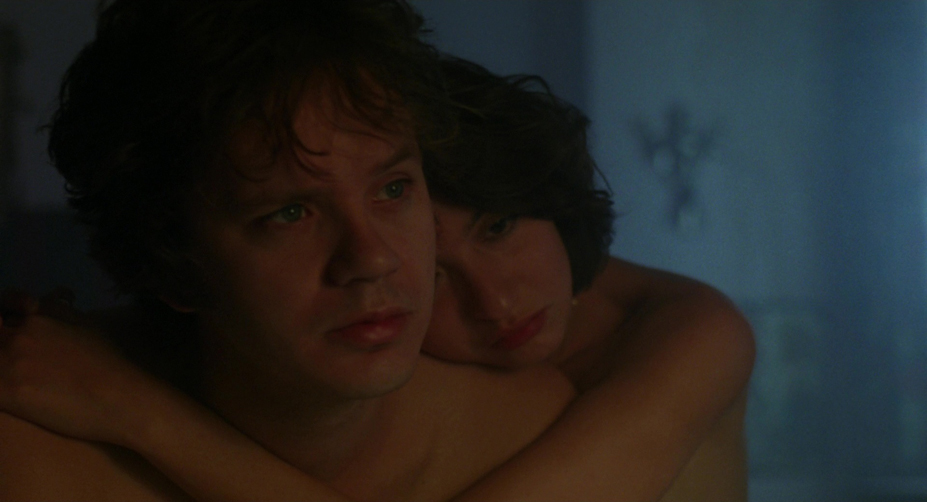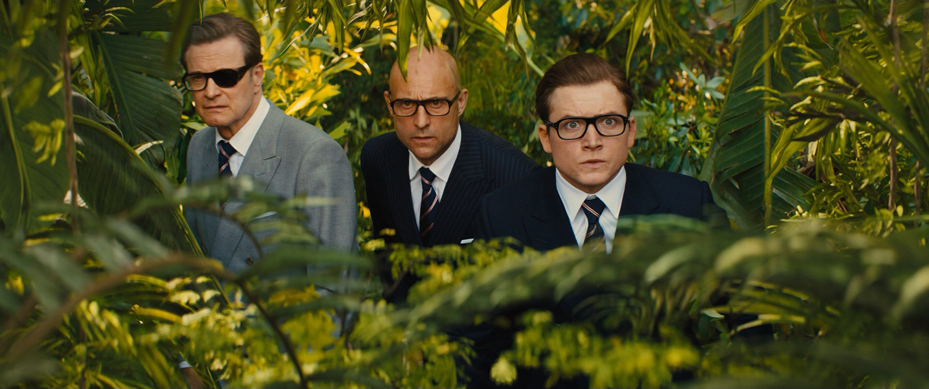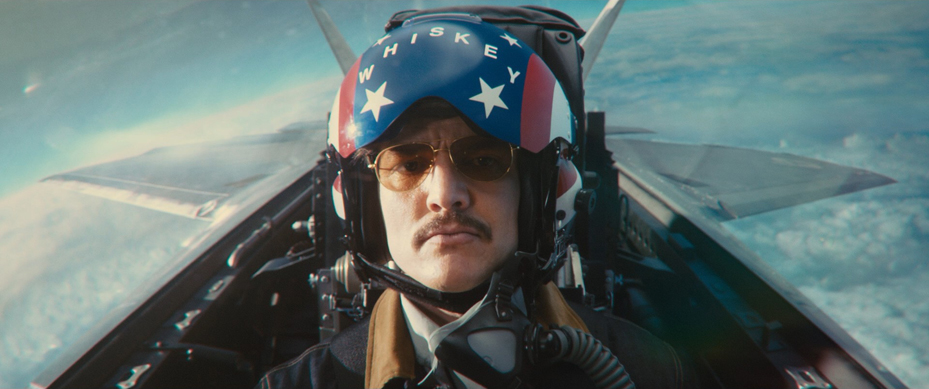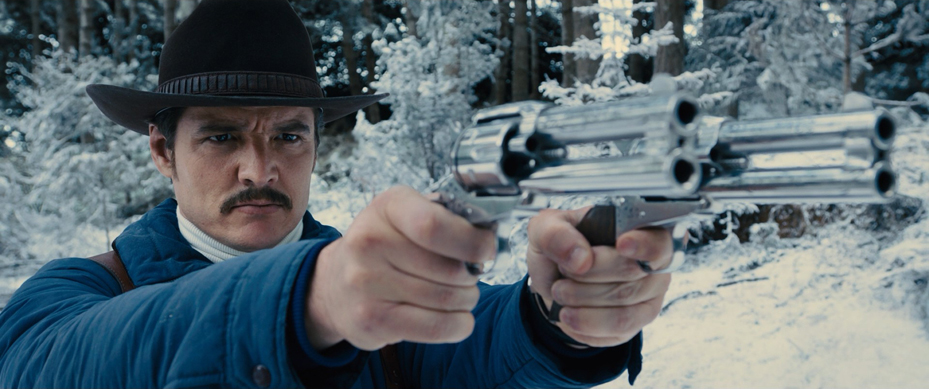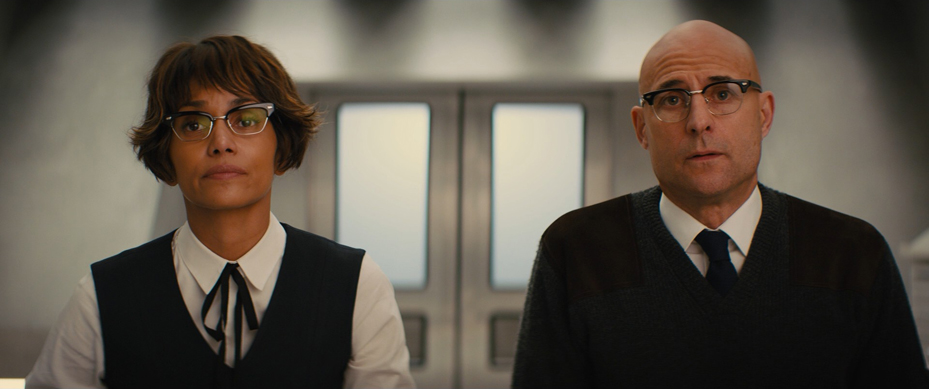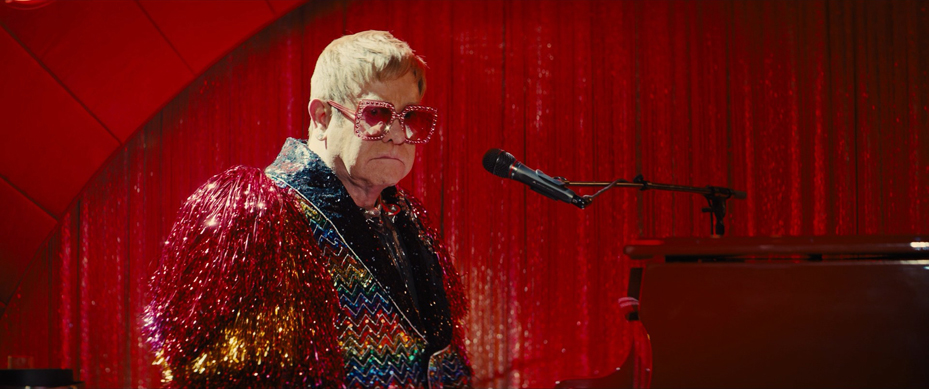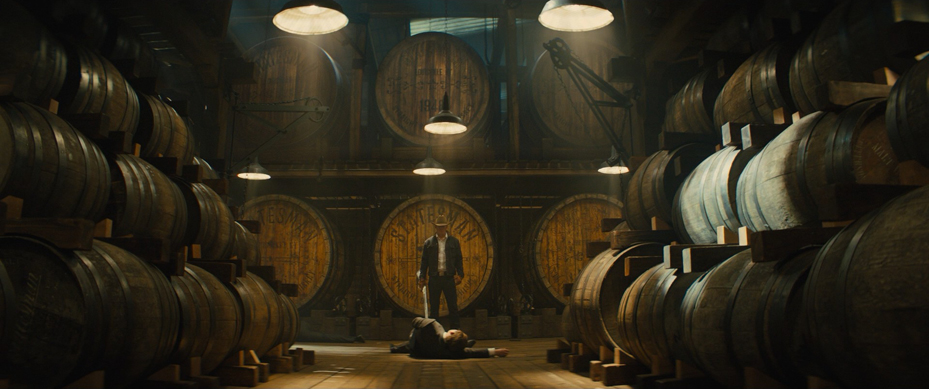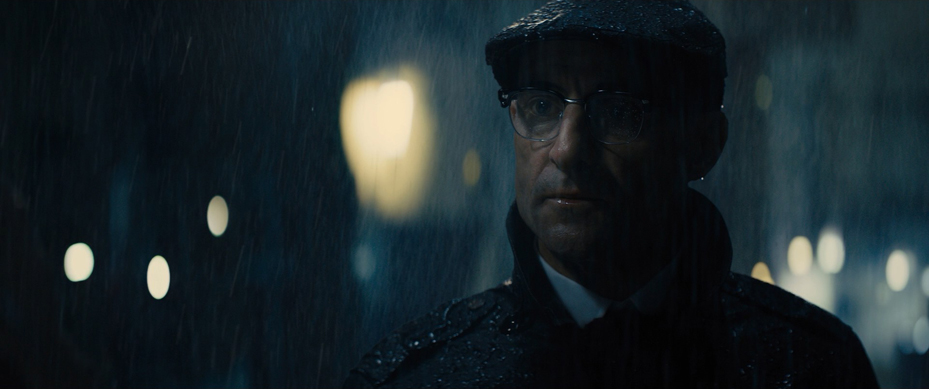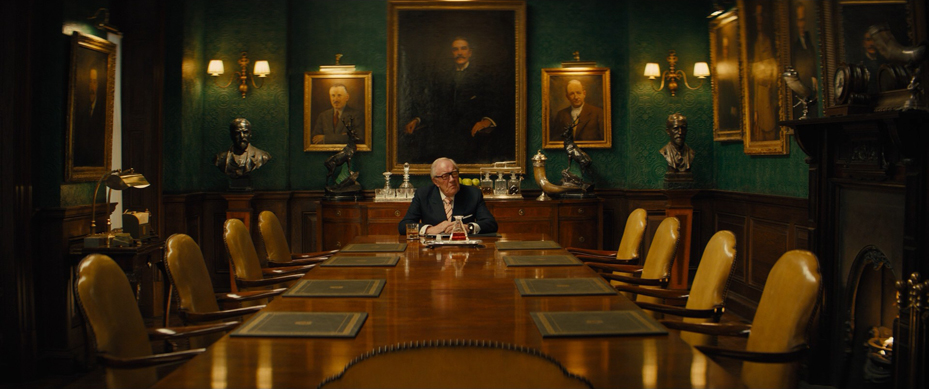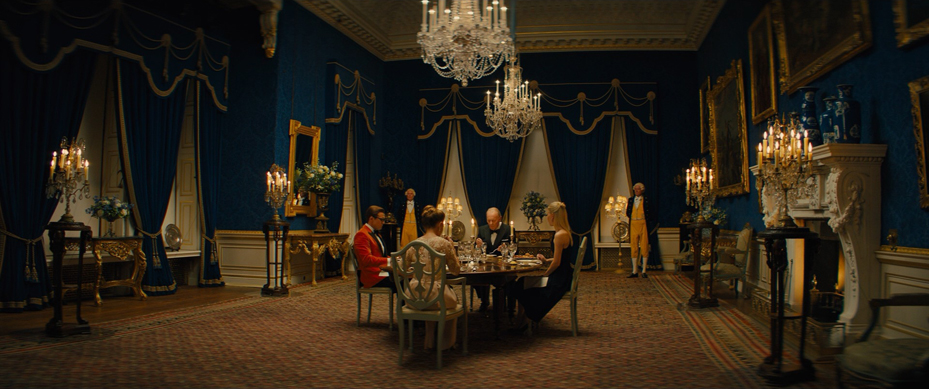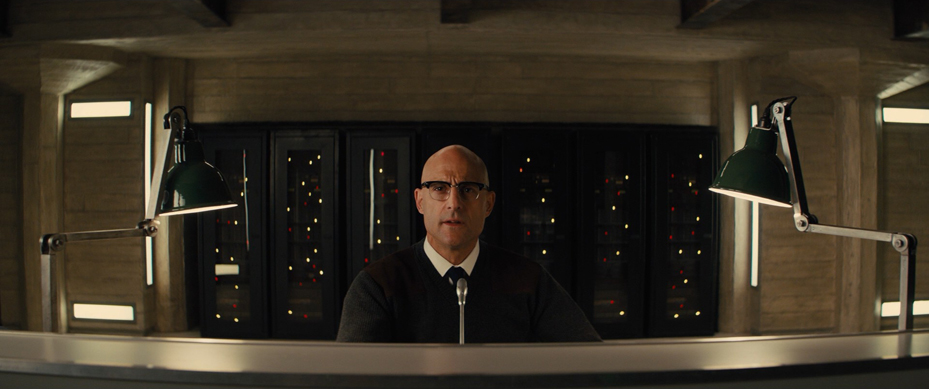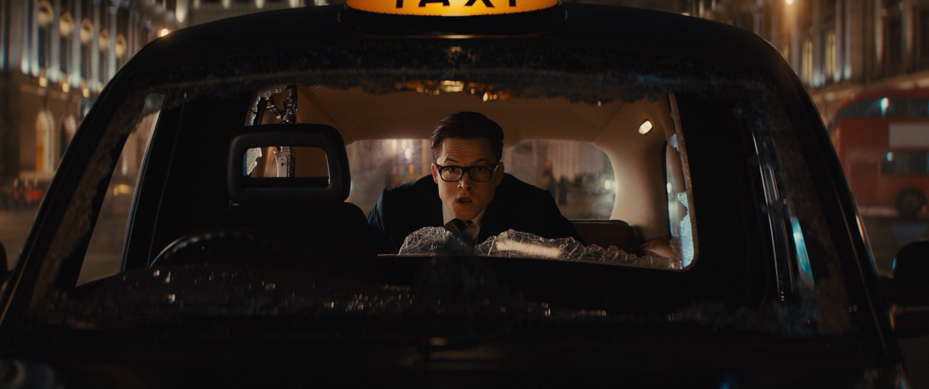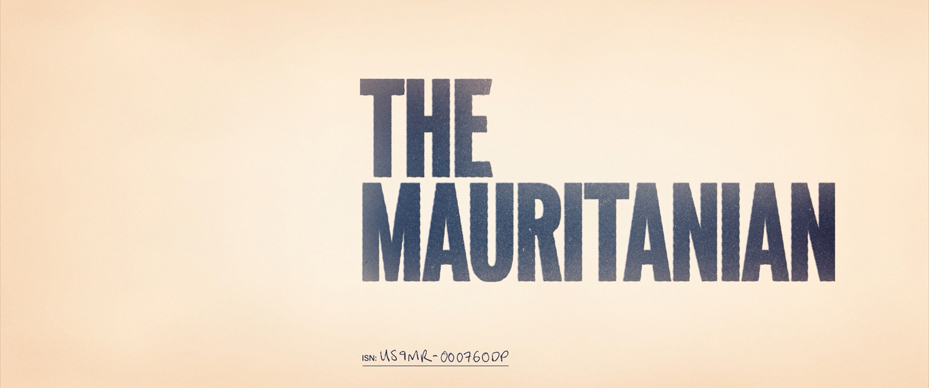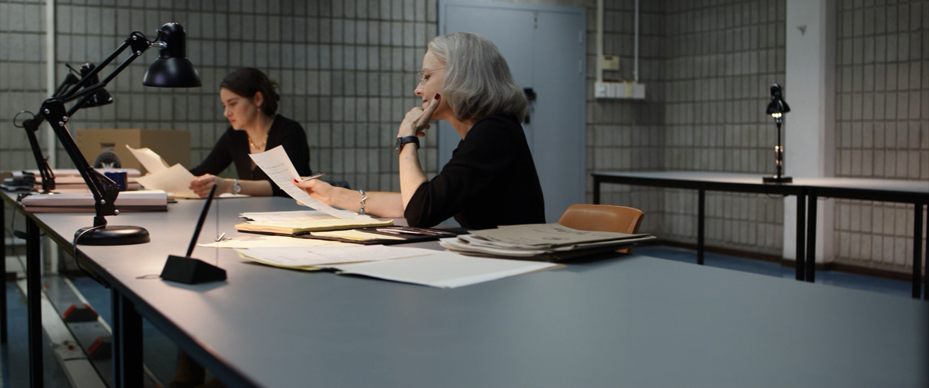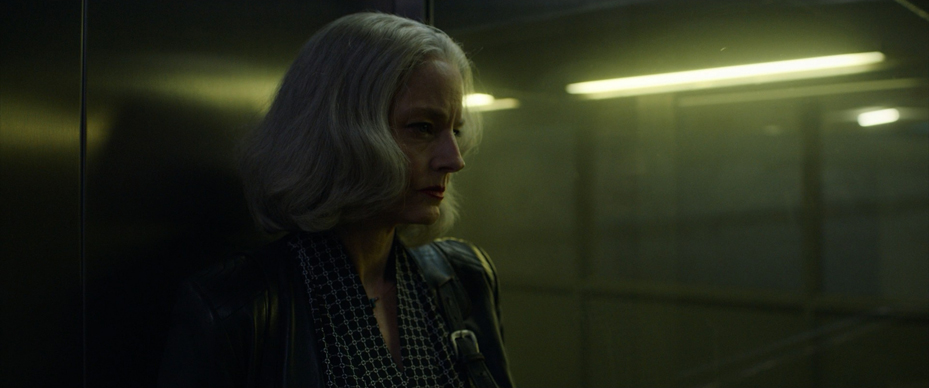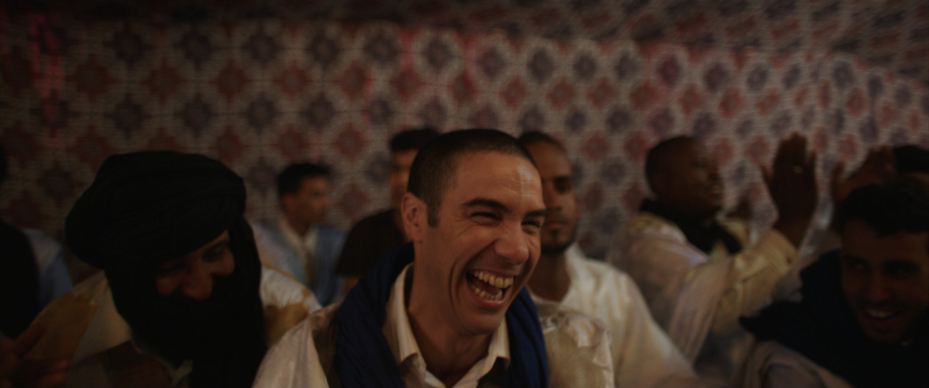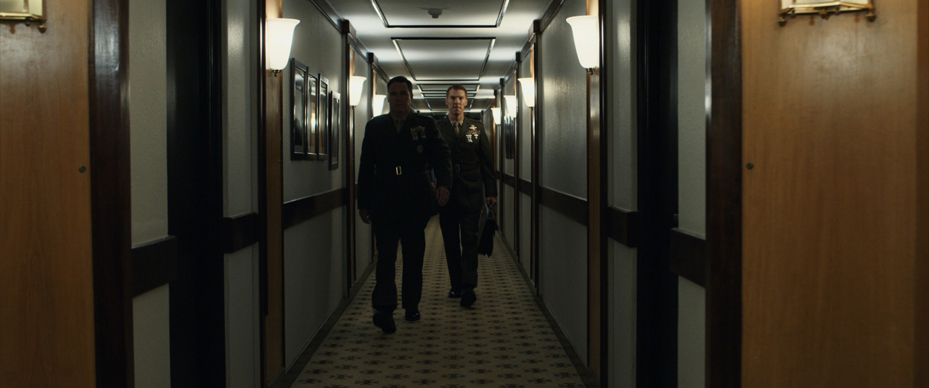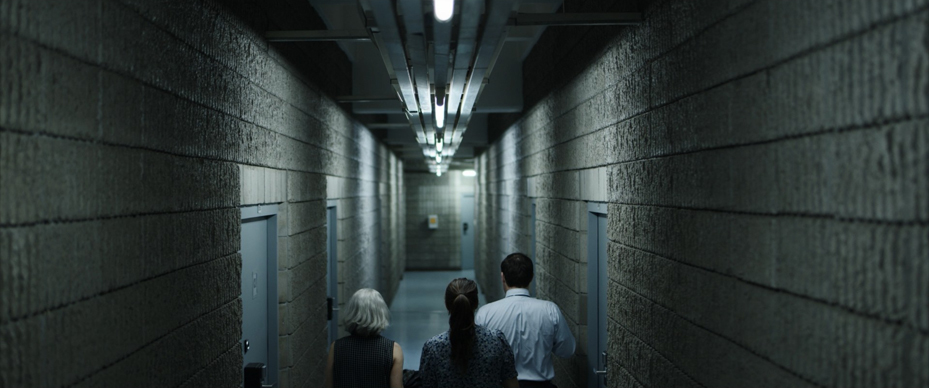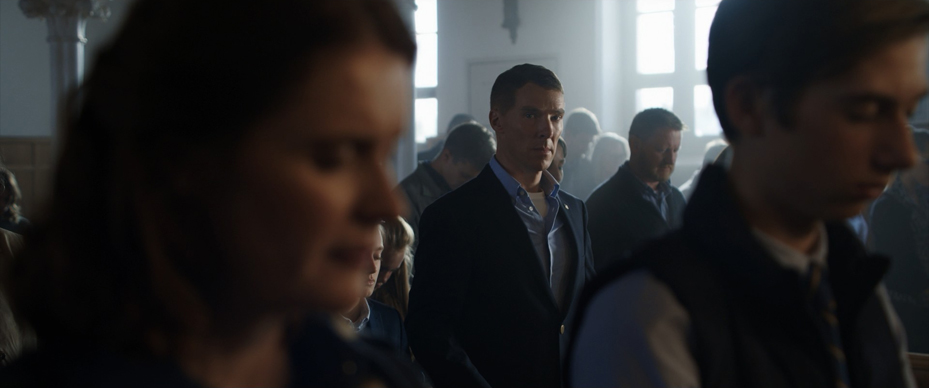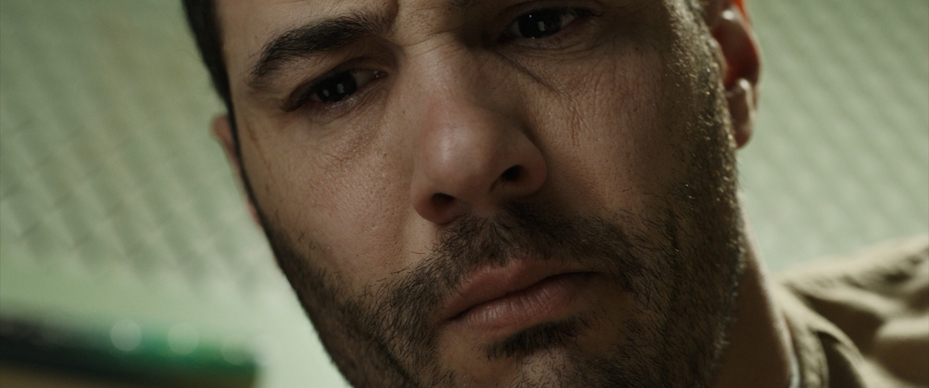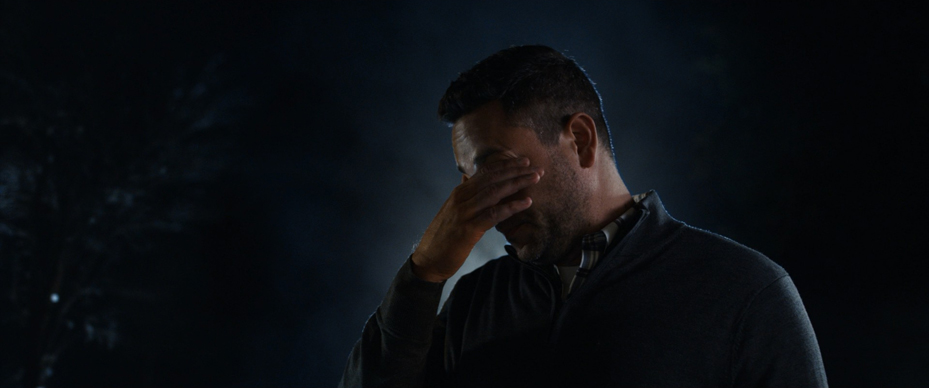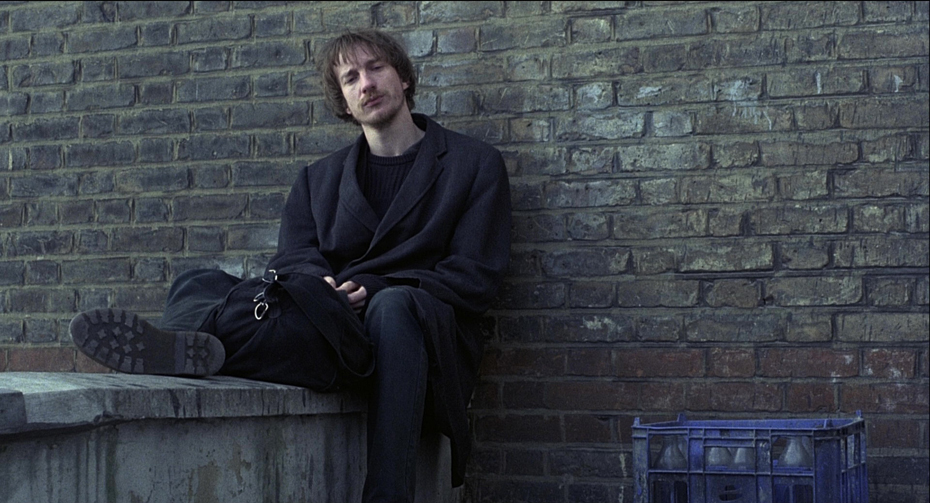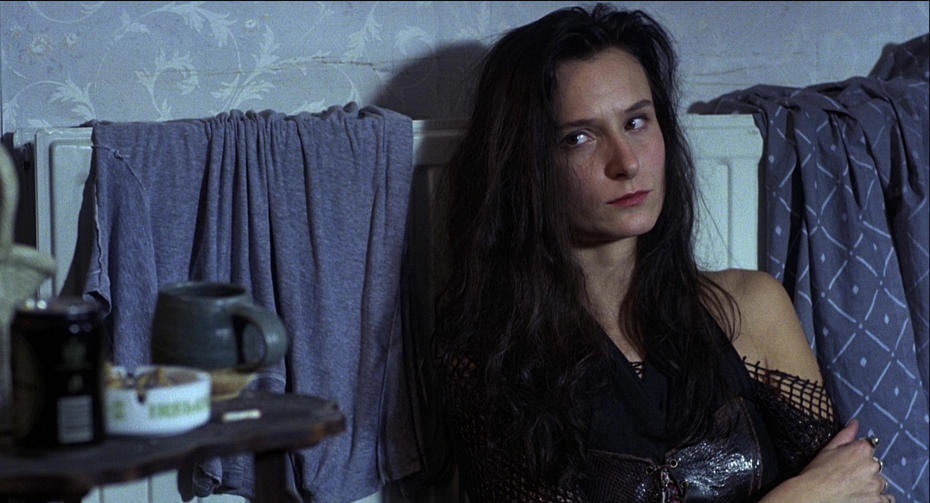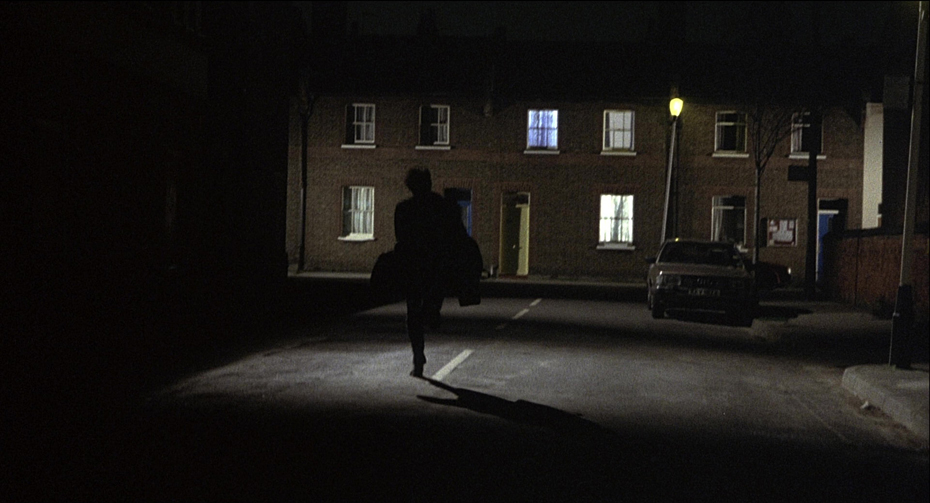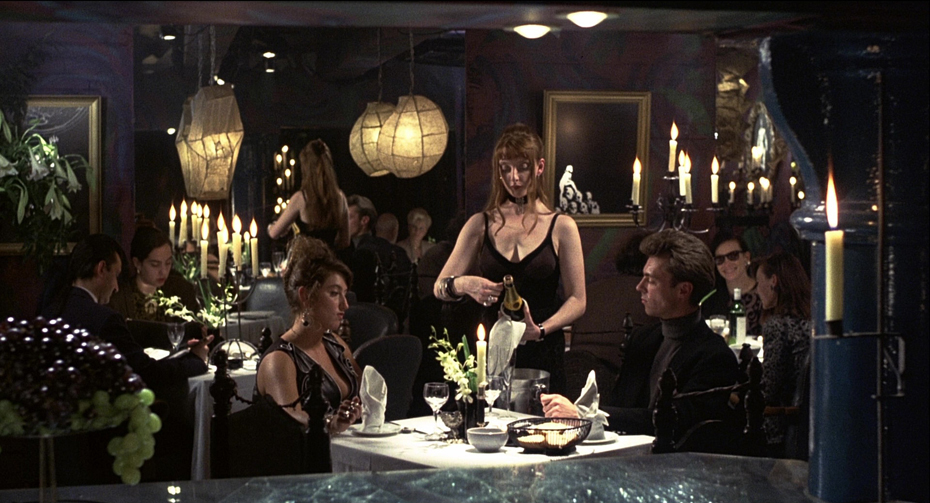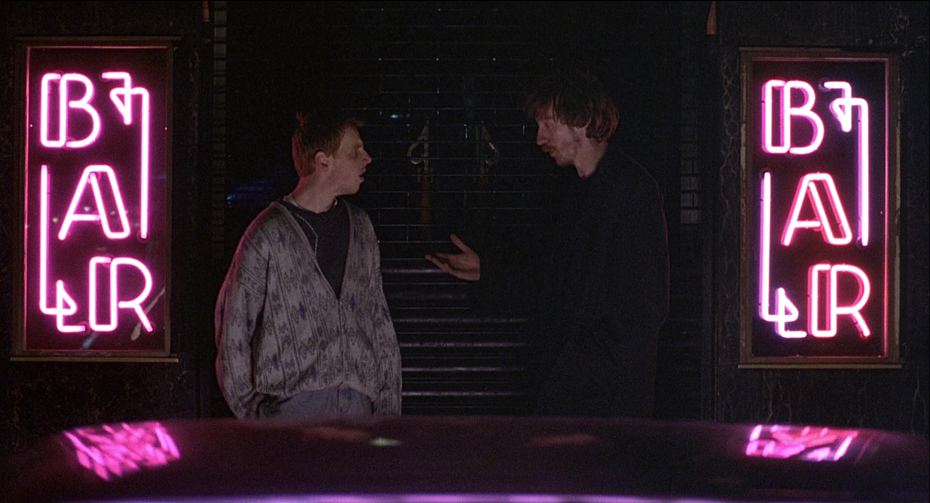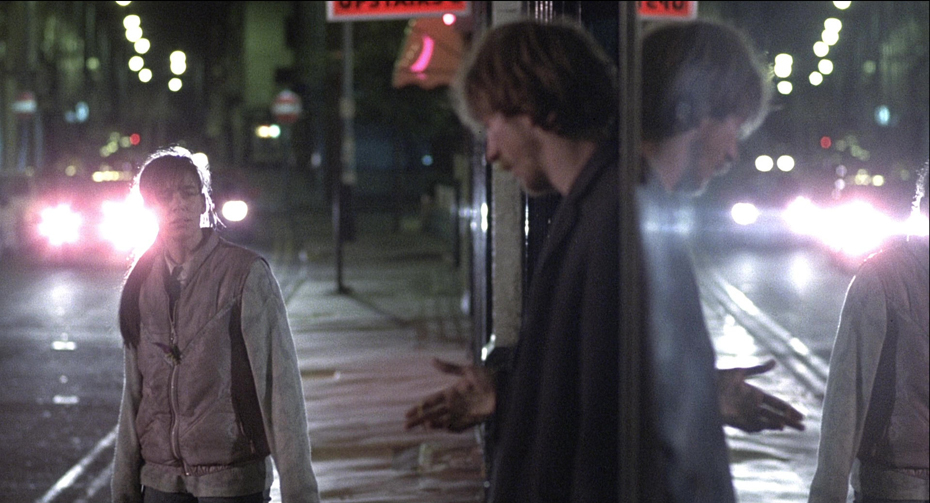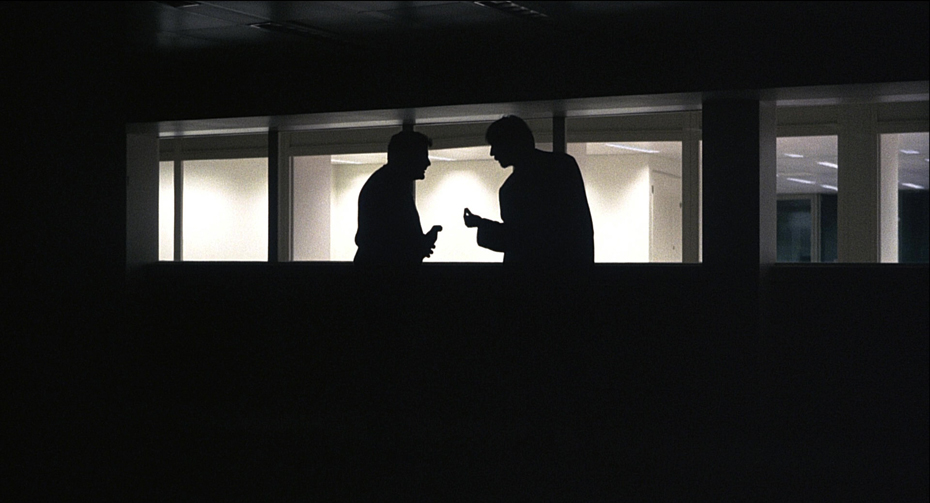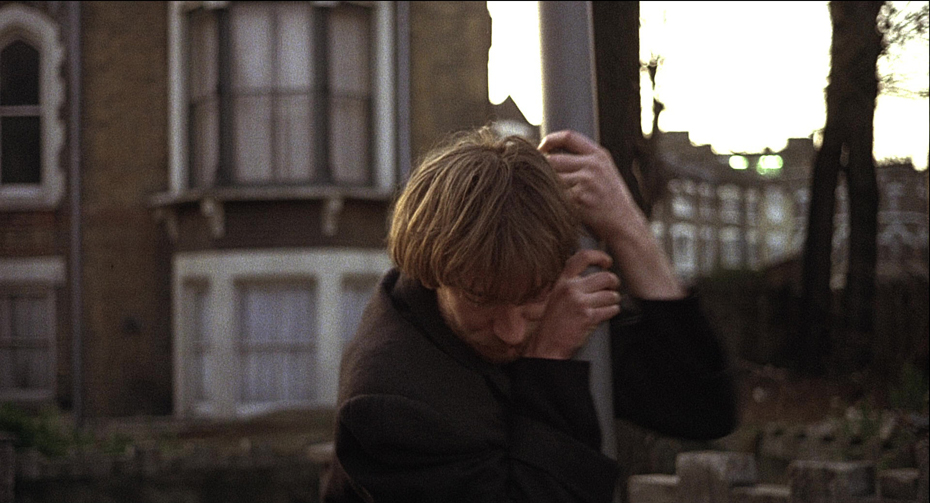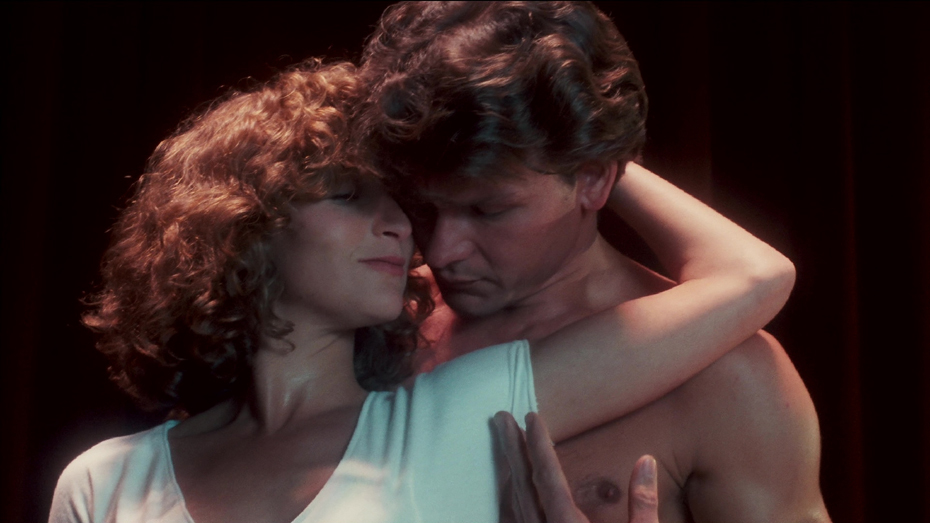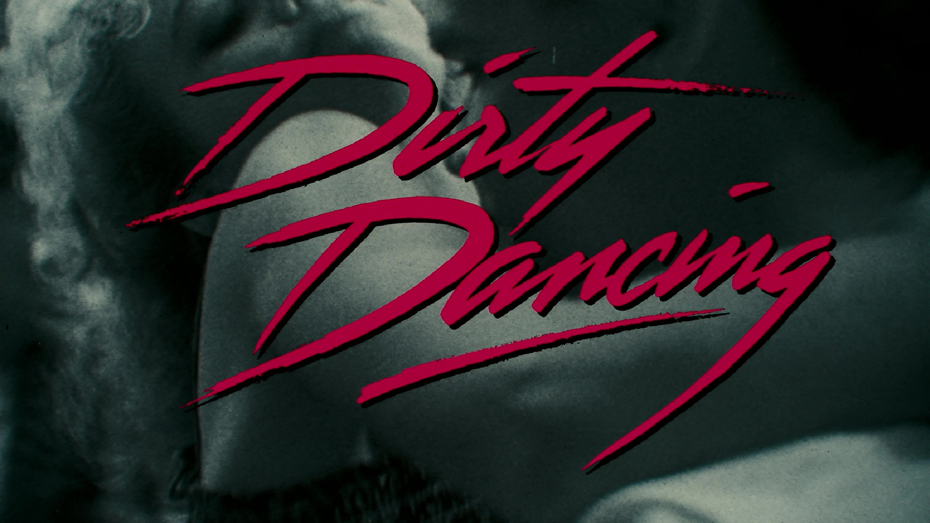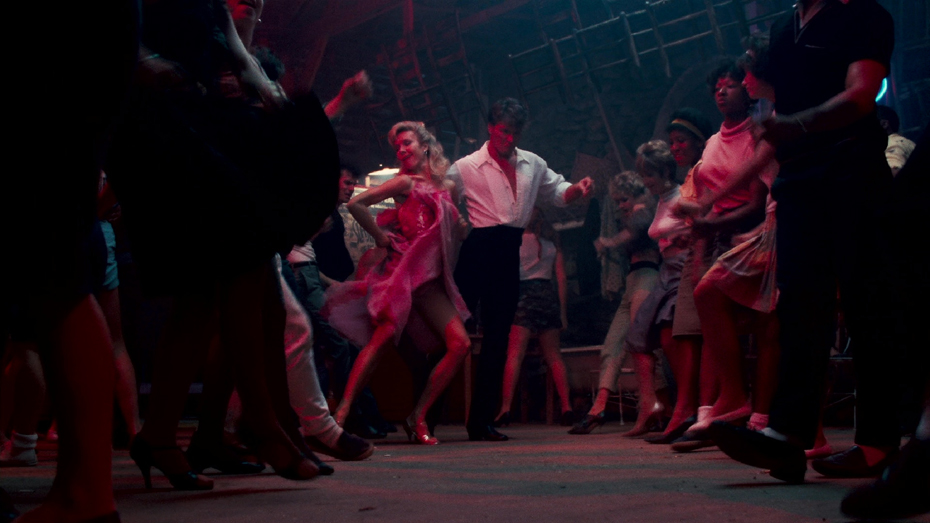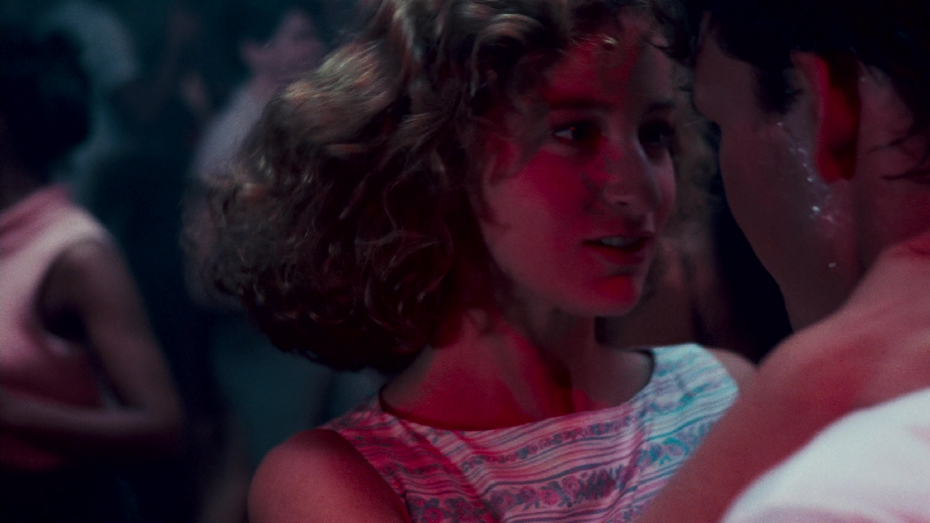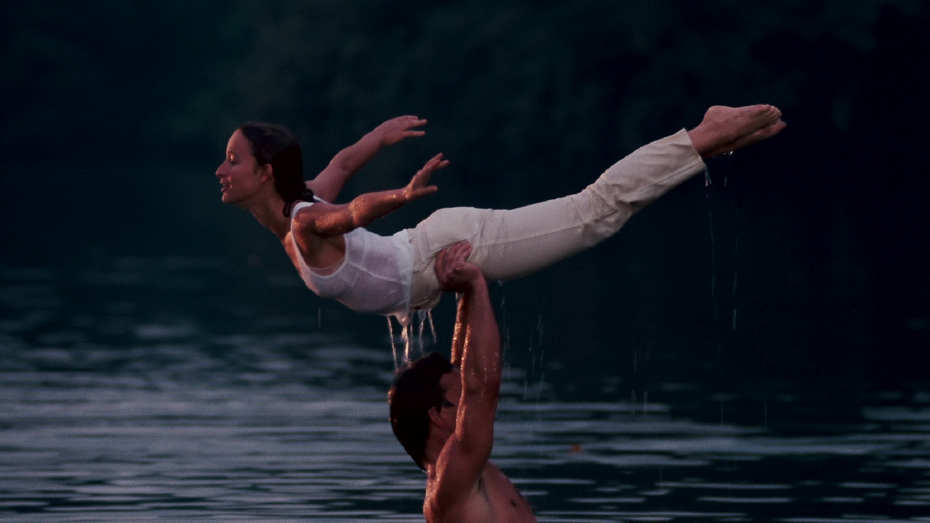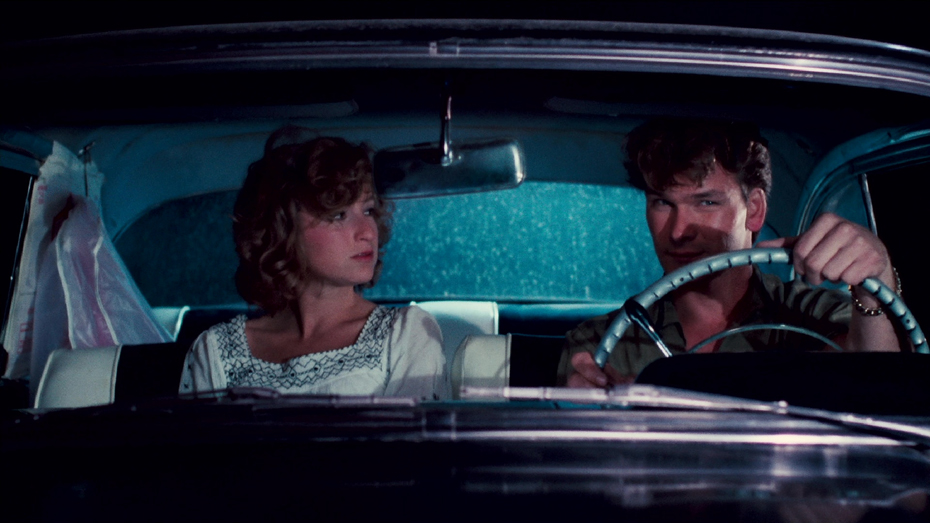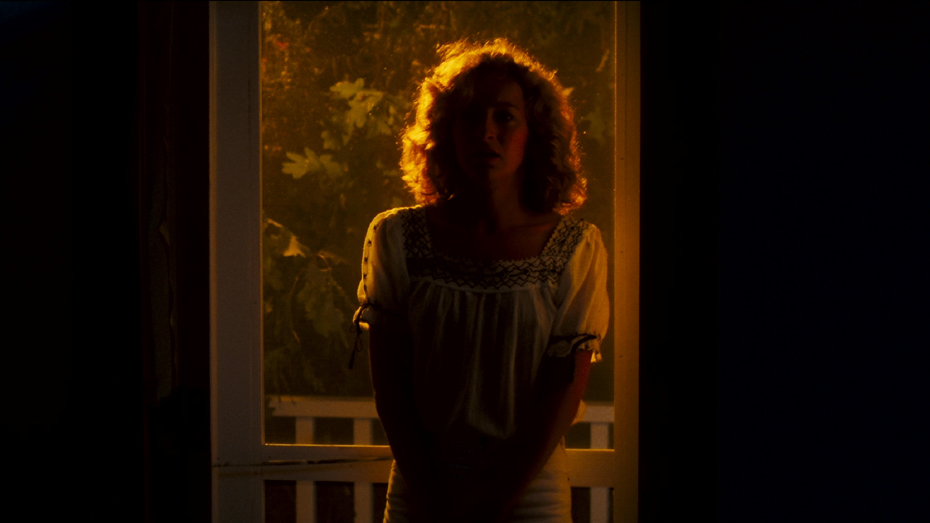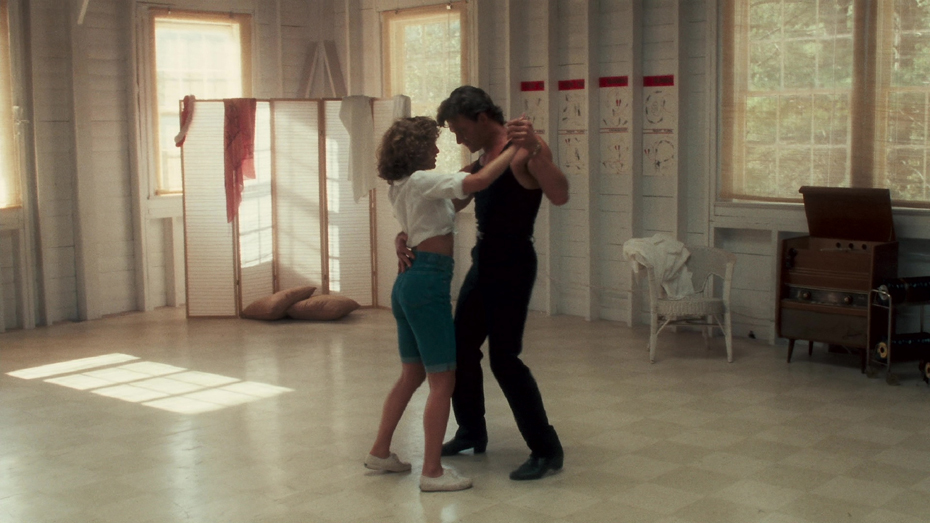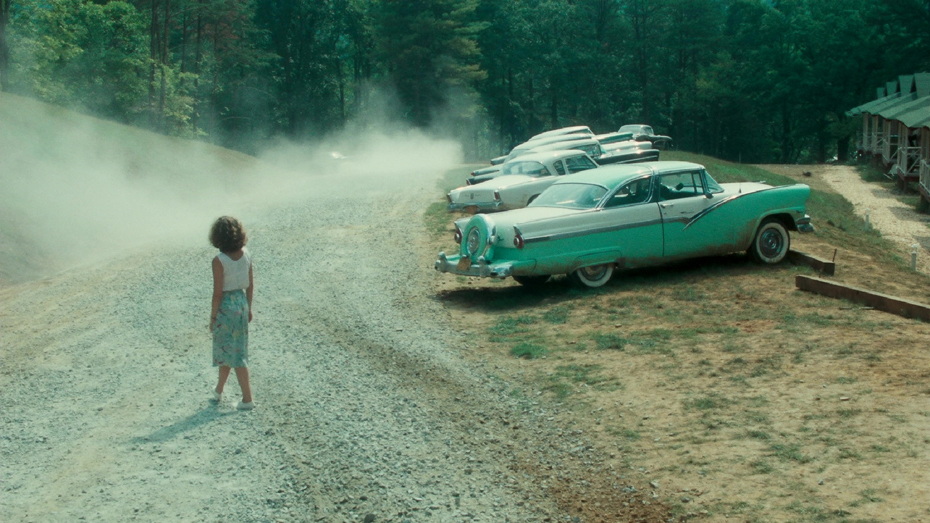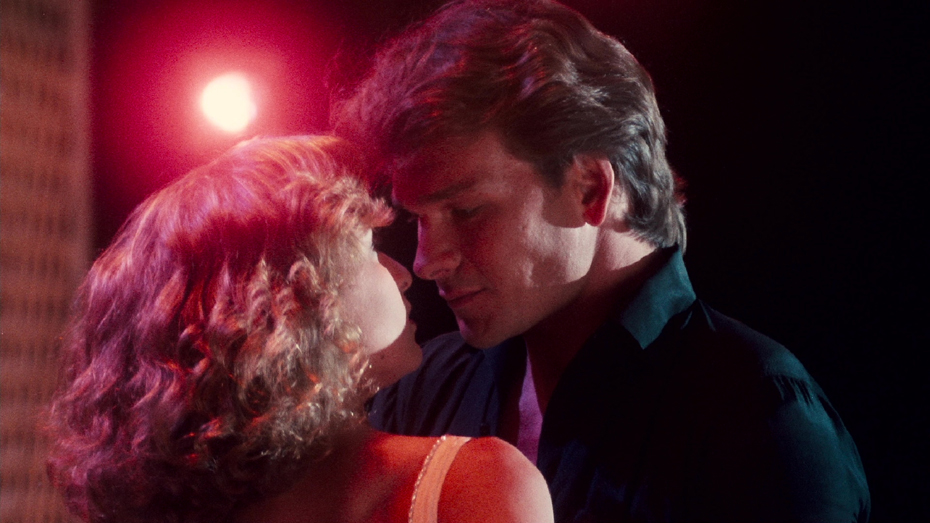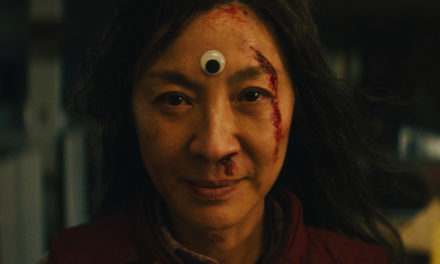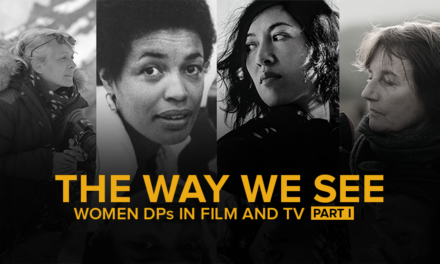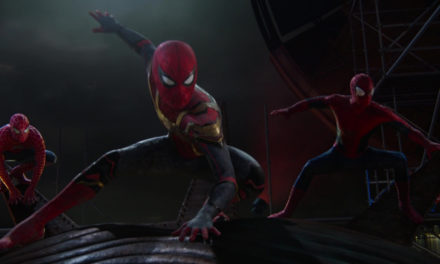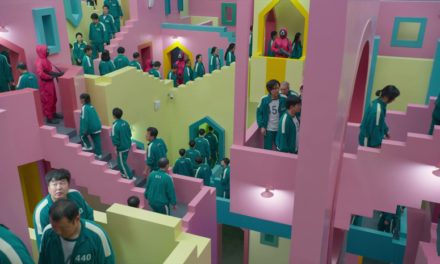THE TUESDAY DROP – 02/15
02.15.22 / New Shots
IN THE HEAT OF THE NIGHT (1967)
Norman Jewison’s 1967 American mystery drama IN THE HEAT OF THE NIGHT stars Sidney Poitier and Rod Steiger, and is based on John Ball’s 1965 novel of the same name. It follows Virgil Tibbs (Poitier), a Black police detective from Philadelphia, who becomes involved in a murder investigation in Sparta, Mississippi alongside a bigoted police chief (Steiger). In The Heat of the Night was nominated for seven Academy Awards, winning for Best Picture, Best Actor (Steiger), Best Adapted Screenplay, Best Editing and Best Sound. In 2002, the film was added to the US National Film Registry by the Library of Congress. In the Heat of the Night was shot by American cinematographer Haskell Wexler, in his first collaboration with Jewison. Due to the presence of violent factions of the KKK in Mississippi and the state of unrest in the Civil Rights Movement at the time, Jewison opted to shoot most of the film in Sparta, Illinois rather than Sparta, Mississippi – allowing him to not have to change street signage.
He worked with Wexler to create a visual language that would heighten and sustain the sociopolitical and narrative tension throughout the film, but Wexler’s most innovative work on the film came from his lighting strategy. In the Heat of the Night is widely recognized as being the first major Hollywood studio film in color that was lit with proper consideration for a black actor. Wexler noted that the strength of lights used to film white actors created too much glare on people with darker skin complexions, sabotaging the audience’s ability to see the details in their facial features and therefore alienating people of color portrayed in film. By lighting the majority of the film, especially shots of Poitier, with low light, Wexler allowed the story to play out in the subtlety of Poiter’s expressions, changing the relationship the audience would be able to have with his character. In the Heat of the Night is one of the most innovative films of its time, both for its social and political commentary, and for its photographic approach to portraying Black people.
A PATCH OF BLUE (1965)
A PATCH OF BLUE is a 1965 drama directed by Guy Green about a friendship between an educated Black man (played by Sidney Poitier) and an illiterate, blind 18-year-old girl (played by Elizabeth Hartman) in a racially divided America. A Patch of Blue was adapted from the 1961 Australian novel by Elizabeth Kata, Be Ready with Bells and Drums, and was nominated for 5 Academy Awards (including best Black and White Cinematography), winning in the Best Supporting Actress category for Shelley Winters. Green worked on the film with American cinematographer Robert Burks, who was best known in his career for his collaborations with Alfred Hitchcock. Green himself started his career as a cinematographer, and worked carefully with Burks to build the visual language of the film. Burks had built a reputation as being very involved in pre-production, and made extensive use of miniatures to plan camera placement and lighting setups for every shot in the film alongside Green. The result is one of the most visually striking and precise films of Hollywood’s black and white era, and the film that turned Sidney Poitier into one of America’s most prominent movie stars.
BOOGIE NIGHTS (1997)
Paul Thomas Anderson’s second feature film, BOOGIE NIGHTS, is a period comedy-drama set in Los Angeles’s San Fernando Valley, and follows the life of a young nightclub dishwasher named Dirk Diggler, who becomes a star of the pornographic film scene in the 1970s and 80s. The film is an expansion of Anderson’s 1988 mockumentary short film The Dirk Diggler Story, and features an ensemble cast including Mark Wahlberg, Julianne Moore, Burt Reynolds, Don Cheadle, John C. Reilly, William H. Macy, Heather Graham and Philip Seymour Hoffman. Boogie Nights was nominated for three Academy Awards in the Best Original Screenplay, Best Supporting Actress (Moore) and Best Supporting Actor (Reynolds) categories. Anderson worked on Boogie Nights with frequent collaborator Robert Elswitt, who he had previously worked with on his debut feature, Hard Eight.
Elswitt and Anderson collaborated on creating a visual style that would track Diggler’s emotional journey over the course of the film, starting in a place of visual excess and joy to one that uncovered the dark side of that lifestyle. The first half’s stylistic excess is best characterized by the three-minute long opening shot of the film, which tracks from a cinema marquee bearing the title of the film through a nightclub that introduces the audience to all the main characters and central relationships of the film, before arriving in slow motion at Diggler from the perspective of the porn director played by Reynolds, showing us that this will be the central relationship that drives the film. The virtuosity and technical precision of this camera language is contrasted by the hand-held, rougher and more editorially harsh scenes later in the film, such as in the scene in which Diggler rejects the sexual advances of Scotty J., played by Hoffman.
THE PORTRAIT OF A LADY (1996)
Jane Campion’s 1996 film THE PORTRAIT OF A LADY is an adaptation of Henry James’s 1881 novel of the same name. The film follows the suddenly wealthy Isabel Archer (Nicole Kidman), who begins to question the extent to which her friendships and relationships are derivative of her money. The film also stars John Malkovich, Barbara Hershey, Viggo Mortensen and Mary-Louise Parker, and was nominated for Academy Awards in the Best Supporting Actress (Hershey) and Best Costume Design categories. Campion worked on The Portrait of a Lady with fellow Kiwi Stuart Dryburgh. Dryburgh had previously worked with Campion on her 1993 film The Piano. Dryburgh prepared for the project by spending a week traveling through the Italian locations where the film would be shot. He took a stills camera with him and took photographs to observe the qualities of the natural light in the environments in which the film would take place, building a strategy for how to capture both the period and the lighting approach needed for the film. Dryburgh’s extensive planning allowed Campion to focus on her work with the actors, who praised her for allowing them to push themselves to take chances during the production.
DARKEST HOUR (2017)
Joe Wright’s 2017 war drama DARKEST HOUR stars Gary Oldman as Winston Churchill, and follows his early days as Prime Minister of the UK during the May 1940 WW2 Cabinet Crisis, when he refused to make a peace treaty with Nazi Germany as they were advancing into Western Europe. The film also stars Kristin Scott Thomas, Lily James, Ben Mendelsohn and Stephen Dilane. Darkest Hour premiered at the Telluride Film Festival, and was nominated for six Academy Awards, winning for Best Actor (Oldman) and Best Makeup and Hairstyling. Wright worked on the film with French cinematographer Bruno Delbonnel. This was the pair’s first collaboration, though Wright had sought Delbonnel out on multiple occasions in the past. The film was shot on a $15 million budget, so Wright and Delbonnel carefully planned how to tell this epic political drama as efficiently as possible.
They started from a place of discussing Churchill’s complicated and often isolating personality, as well as the way that old-fashioned battlefront war maps often made you feel like God looking down on the world. These helped Delbonnel begin to craft the visual language of the film from both a camera and lighting standpoint, opting for a visual style that kept the camera in constant motion (partially to maintain visual interest during long dialogue scenes) as well as a lighting scheme with a high contrast ratio to emphasize the drama of the situation and Churchill’s loneliness throughout it. Delbonnel also worked with longtime collaborator Peter Doyle on the color of the film, building a LUT with a slightly desaturated look that helped evoke the period of the film. Darkest Hour was shot on the Alexa 65 primarily as a single camera shoot.
JACOB’S LADDER (1990)
JACOB’S LADDER is a 1990 psychological horror film directed by Adrian Lyne and starring Tim Robbins, Elizabeth Peña and Danny Aiello. It follows Jacob Singer (Robbins), a Vietnam war veteran whose experiences in service cause him violent and fragmented hallucinations. The film had a moderately successful opening but has since grown into a highly influential horror film that spawned a remake in 2019. Jacob’s Ladder was shot by American cinematographer Jeffrey L. Kimball, who was best known at the time for his collaborations with Tony Scott on Top Gun, Beverly Hills Cop II and Revenge. Influenced by the Judeo-Christian themes running through the story and the paintings of Rembrandt and Caravaggio, as well as the psychological imagery from the work of painter Francis Bacon, Lyne and Kimball wanted the visual language of the film to capture Jacob’s personal hell and the fragmentation of his mental state during his post-war life. They decided to capture all the effects of the movie in-camera, extensively using the body horror technique of under-cranking the camera – i.e. shooting scenes with demons at 4 frames per second for playback at 24 frames per second. The result is a vibrating, shaky, pictorially violent image that moves very fast on the screen.
KINGSMAN: THE GOLDEN CIRCLE (2017)
KINGSMAN: THE GOLDEN CIRCLE is an action spy comedy film directed by Matthew Vaughn and starring Taron Egerton, Colin Firth, Mark Strong and Hanna Alström, who all reprised their roles from the first film, as well as newcomers Julianne Moore, Halle Berry, Pedro Pascal, Elton John, Channing Tatum and Jeff Bridges. The film follows the Kingsman teaming up with their American counterpart, Statesman, after the world is held hostage by “The Golden Circle” a drug cartel helmed by Poppy Adams (Moore). Vaughn worked on Kingsman: The Golden Circle with British cinematographer George Richmond. Richmond had worked with Vaughn on the first Kingsman film, and the pair entered their second collaboration with an explicit aim to make this sequel bigger in scale in every way, including in the production design which was helmed by Darren Gilford. In order to up the scale of the film photographically, Richmond pushed the saturation and contrast of the images captured with the Arri Alexa Studio, while also continuing to chase the kinds of filming “aberrations” (bokehs, lens flares, softer highlights) that had defined the visual language of the first film. The film was predominantly shot on a 35mm lens, with an aim to create a rich, slick-looking film that gave the story a sense of scale and kineticism.
THE MAURITANIAN (2021)
THE MAURITANIAN is a 2021 legal drama directed by Kevin Macdonald and based on the life of Mohamedou Ould Slahi, a Mauritanian man who was held for fourteen years without charge in the Guantanamo Bay detention camp. The film was adapted from Slahi’s 2015 memoir Guantanamo Diary. It stars Tahar Rahim as Slahi, as well as Jodie Foster, Shailene Woodley, Benedict Cumberbatch and Zachary Levi. Macdonald worked on the film with German cinematographer Alwin Küchler. The pair had previously worked on the documentaries Marley and One Day in September, and Küchler was also known for his work with Lynne Ramsay, Danny Boyle and Michael Winterbottom. Macdonald and Küchler spoke about conveying Guantanamo Bay as a place that was fractured, impersonal and anonymous, given the nature of Mohamedou’s relationships with the guards around him.
This filtered into the visual language and lighting design of the film, and also wanted the film to initially feel somewhat like a thriller, given Macdonald’s desire for the audience to discover whether Mohamedou was guilty or not as the film unfolded. Macdonald was also fastidious in wanting to recreate the details of Guantanamo Bay as precisely as possible, which initially was a source of disagreement between him and Küchler, who wanted to heighten the drama of the film with lighting. The film was shot on location with a set built on the coastlines in South Africa, as well as for one week in Mauritania. Küchler based his lighting strategy on recreating scenarios as they were in real life, while also understanding the surrealism of Mohamedou’s situation and choosing to saturate the color palette of the film in order to capture that.
NAKED (1993)
Mike Leigh’s 1993 dark comedy-drama NAKED stars David Thewlis as Johnny, an unemployed man who is both a highly intellectual thinker as well as a committed conspiracy theorist. The film follows Johnny as he vents his rage on unsuspecting strangers while traveling around London at night. Naked was nominated for the Palme d’Or at the Cannes Film Festival, and won prizes for Best Actor and Best Director at the festival. Leigh worked on the film with frequent collaborator Dick Pope, who was very familiar with Leigh’s unique pre-production process of spending weeks of rehearsal that start with improvisation and eventually lead to solidifying the approach to both perform and capture the film.
Pope would observe rehearsals and make plans for camera work and lighting as scenes would develop, helping Leigh to prepare the shooting plan so that by the time principal photography began, the cast and the crew were completely prepared for the shoot. Pope developed a visual style that was underlit, dark, claustrophobic and almost monochromatic in its color scheme, often choosing to shoot in stairwells and in flats that had gaudy decor. Naked is considered to be one of Leigh’s darkest films emotionally and psychologically, and Pope’s cinematography captures the bleak atmosphere of alienation, sexual violence, addiction and depression that surrounds Johnny on his journey.
DIRTY DANCING (1987)
DIRTY DANCING is a 1987 American romantic comedy directed by Emile Ardolino and written by Eleanor Bergstein. The film stars Jennifer Grey as Frances “Baby” Houseman, a young woman who falls in love with a dance instructor named Johnny Castle (played by Patrick Swayze) while on vacation at a resort with her family. Dirty Dancing premiered at the Cannes Film Festival and won the Academy Award for Best Original Song, and has become one of the most iconic American dance movies of all time. The film was shot by American cinematographer Jeffrey Jur, who had originally passed on the project because it was a non-union shoot, but was convinced to take it on. Ardolino was an experienced choreographer and understood dance well, and worked with Jur to ensure that the camera would see actors head-to-toe in dance scenes and never use body doubles. Jur wanted the dance scenes to feel authentic and never overwrought or overproduced on camera. Dirty Dancing was a single camera shoot that Jur operated himself for everything except steadicam shots, and he worked closely with gaffer Michael Barrow to create lighting plans that were always built from a place of reality, allowing the camera movement and choreography to give the film its expressiveness, rather than causing distractions from unnecessary filmmaking choices.

